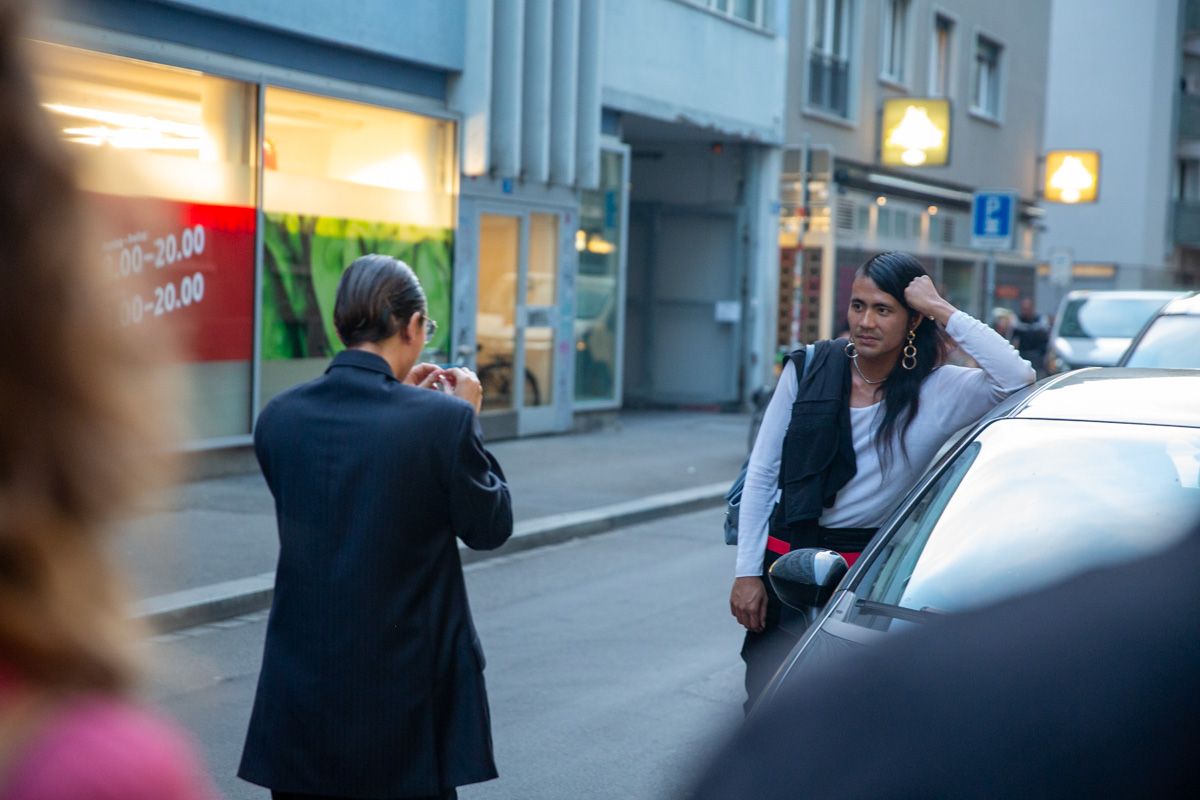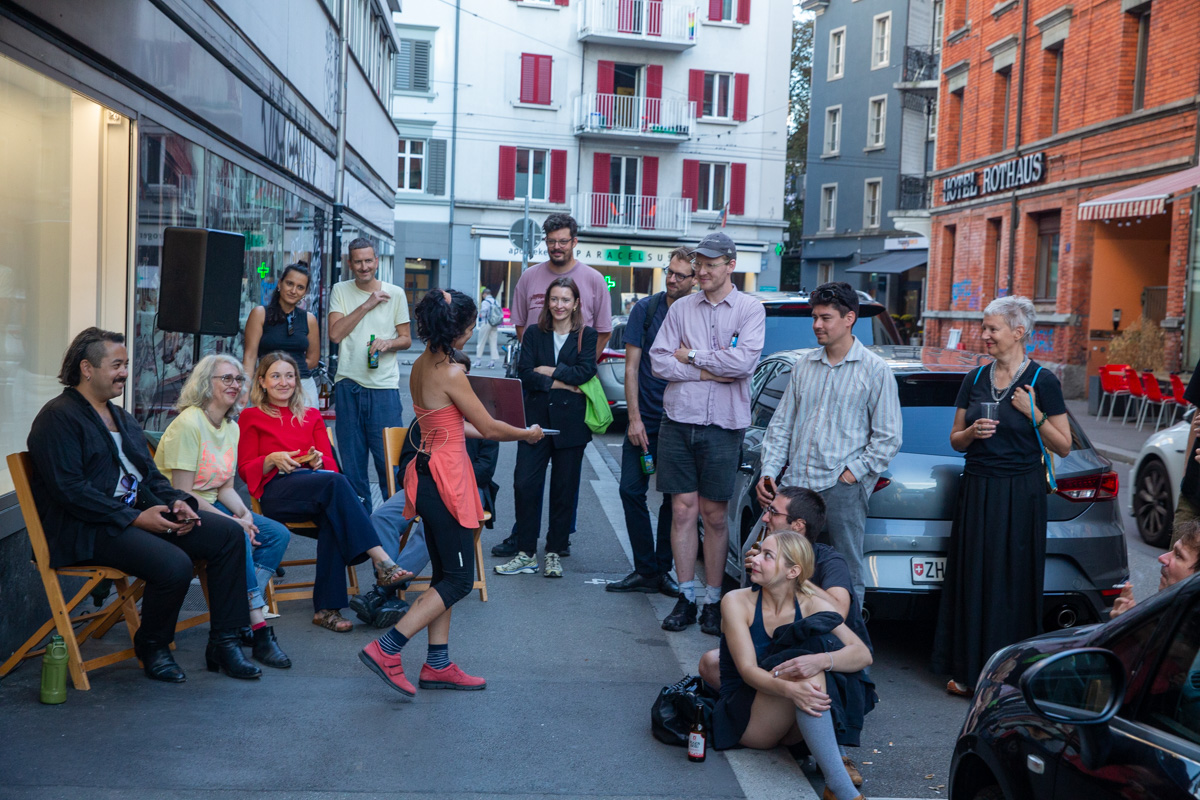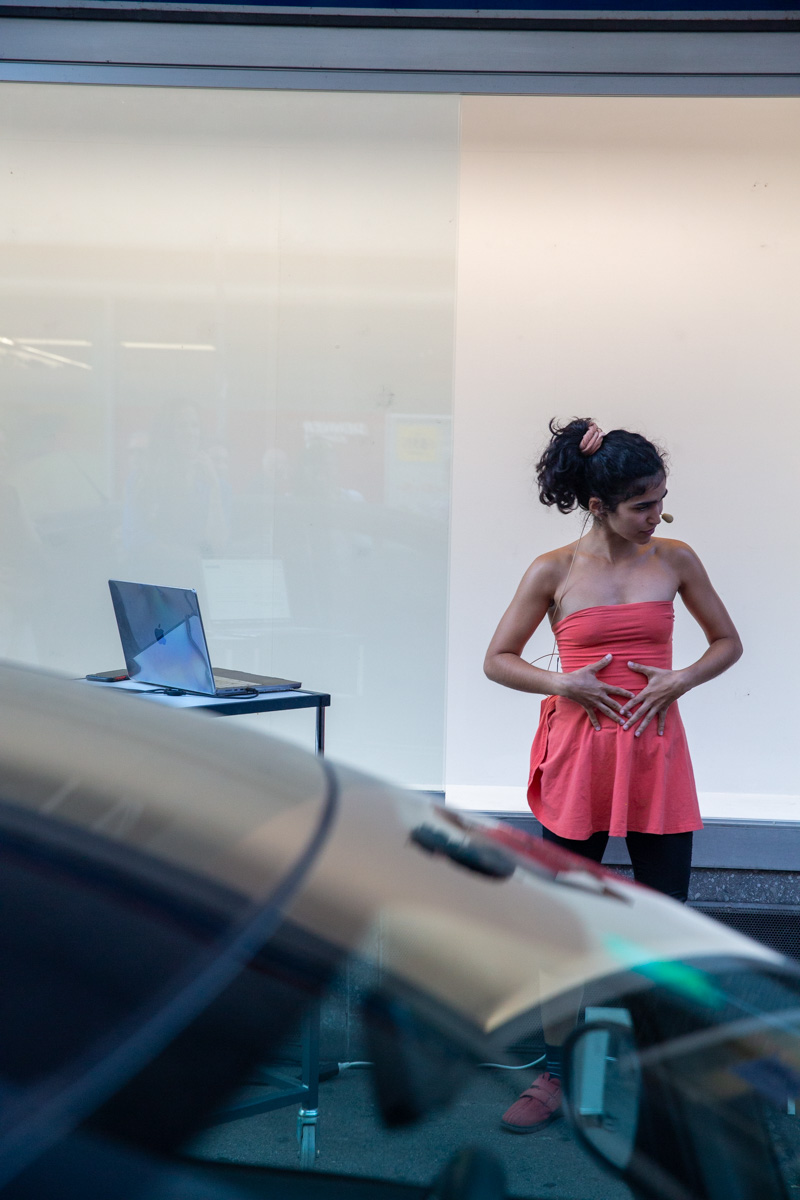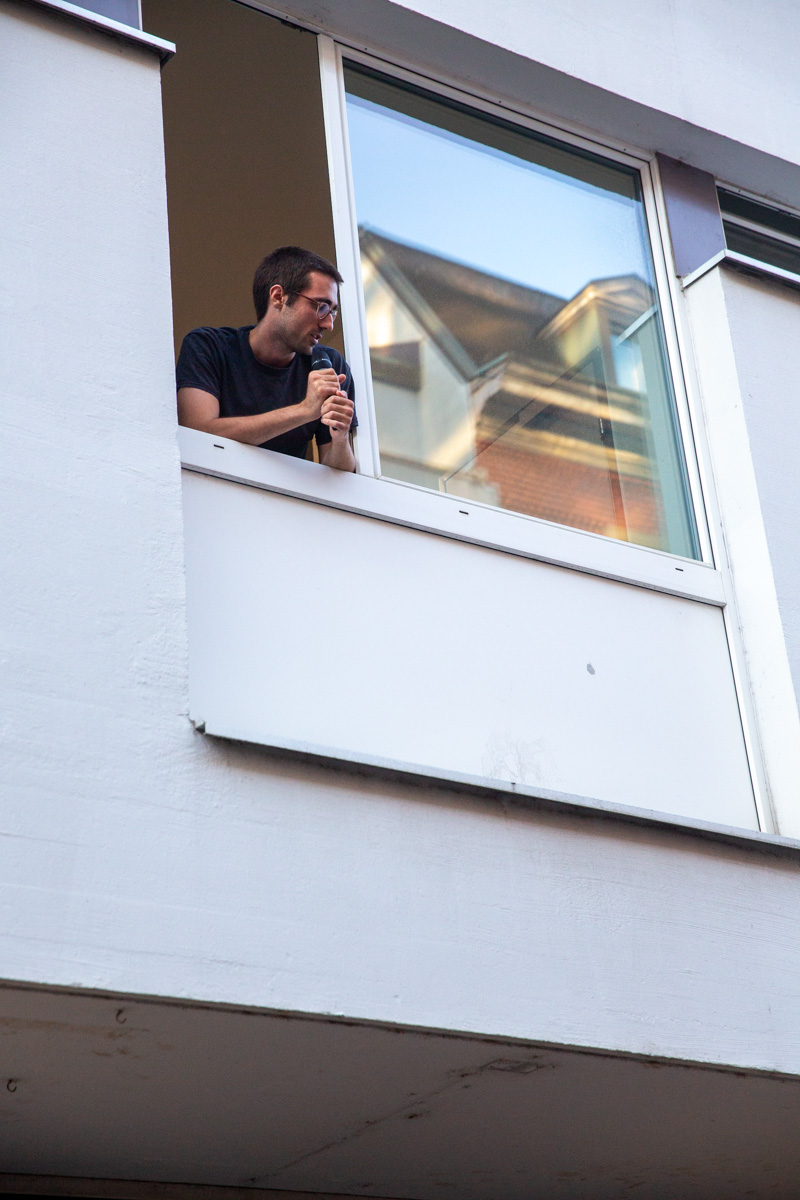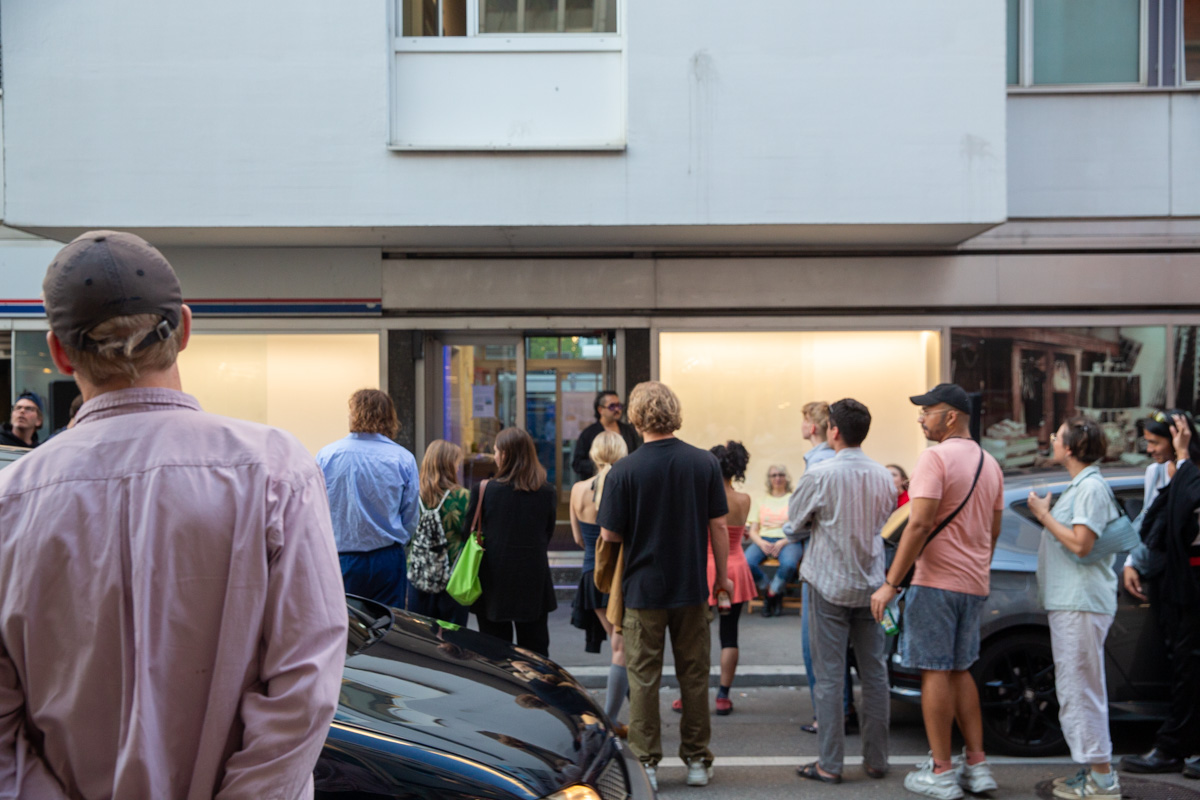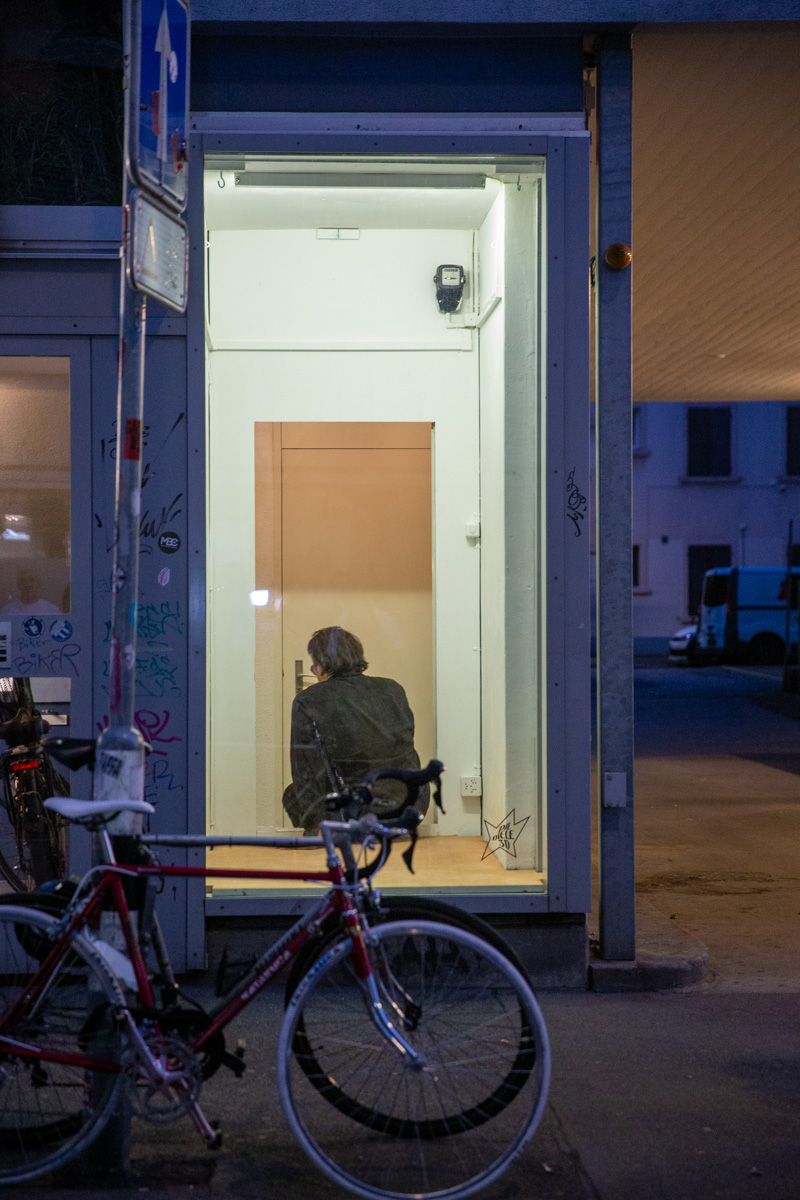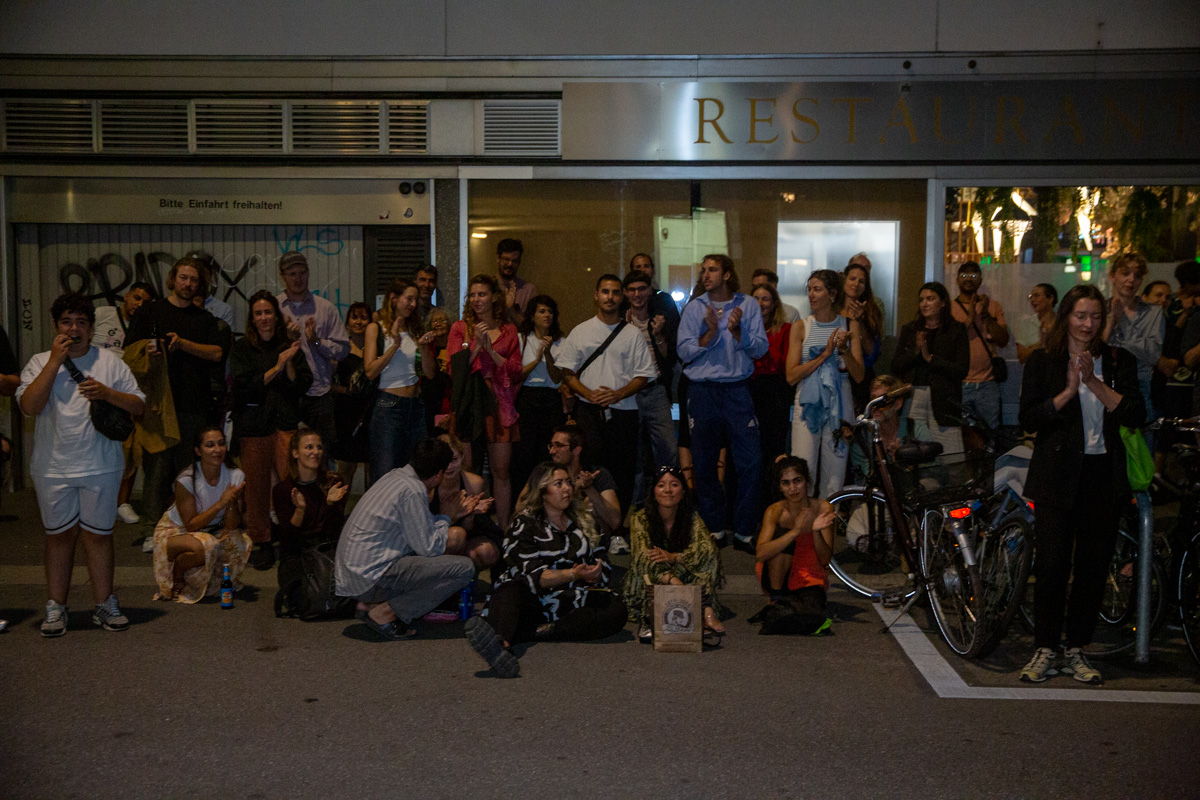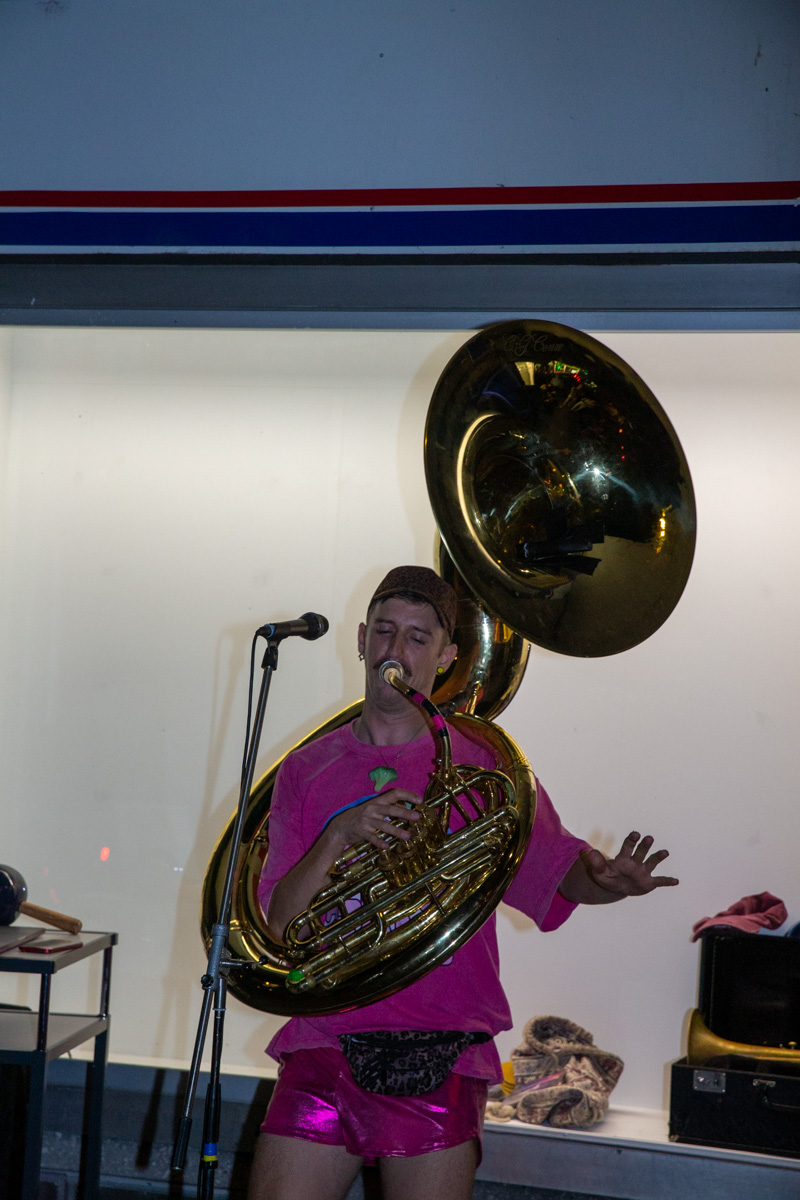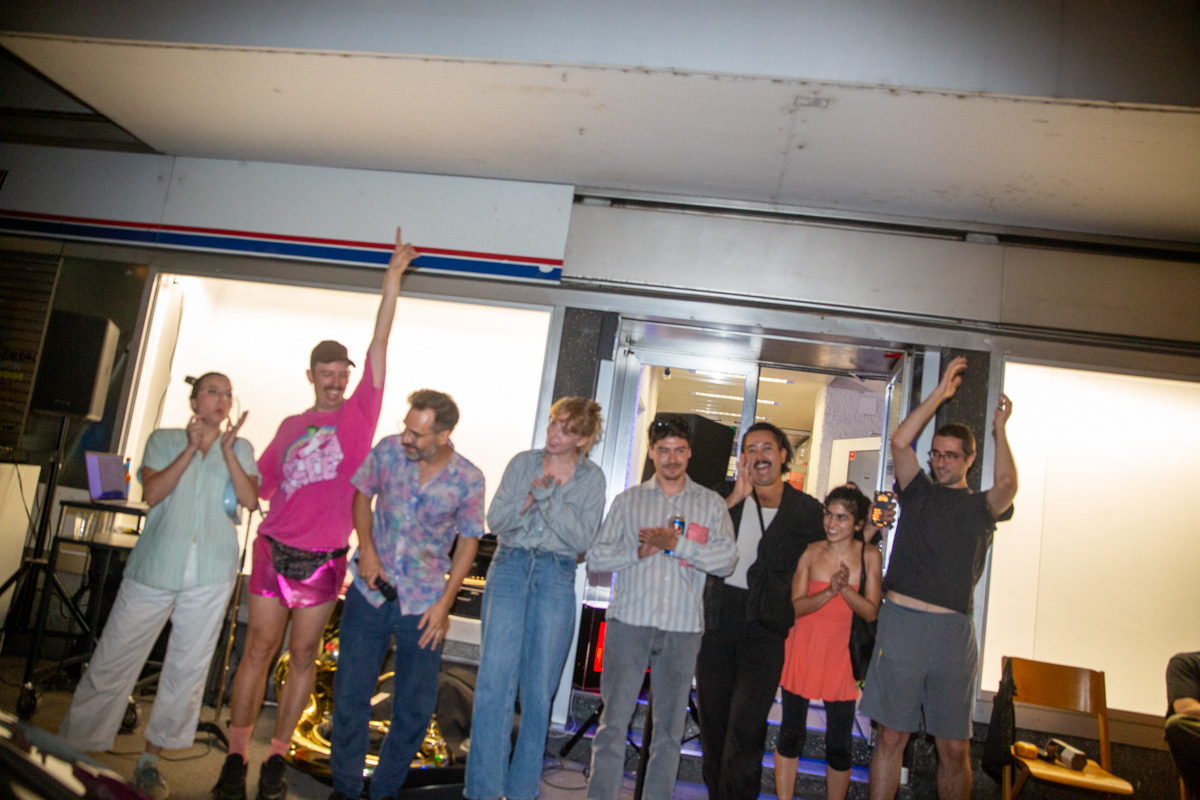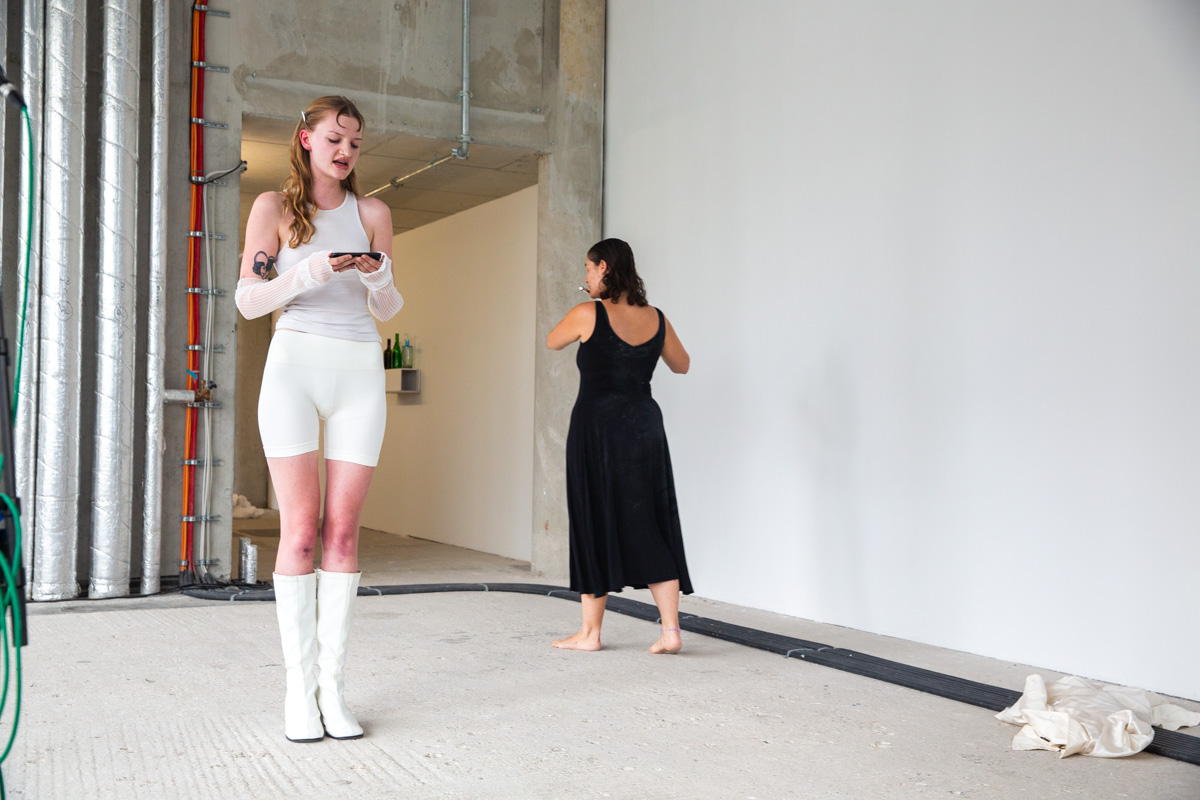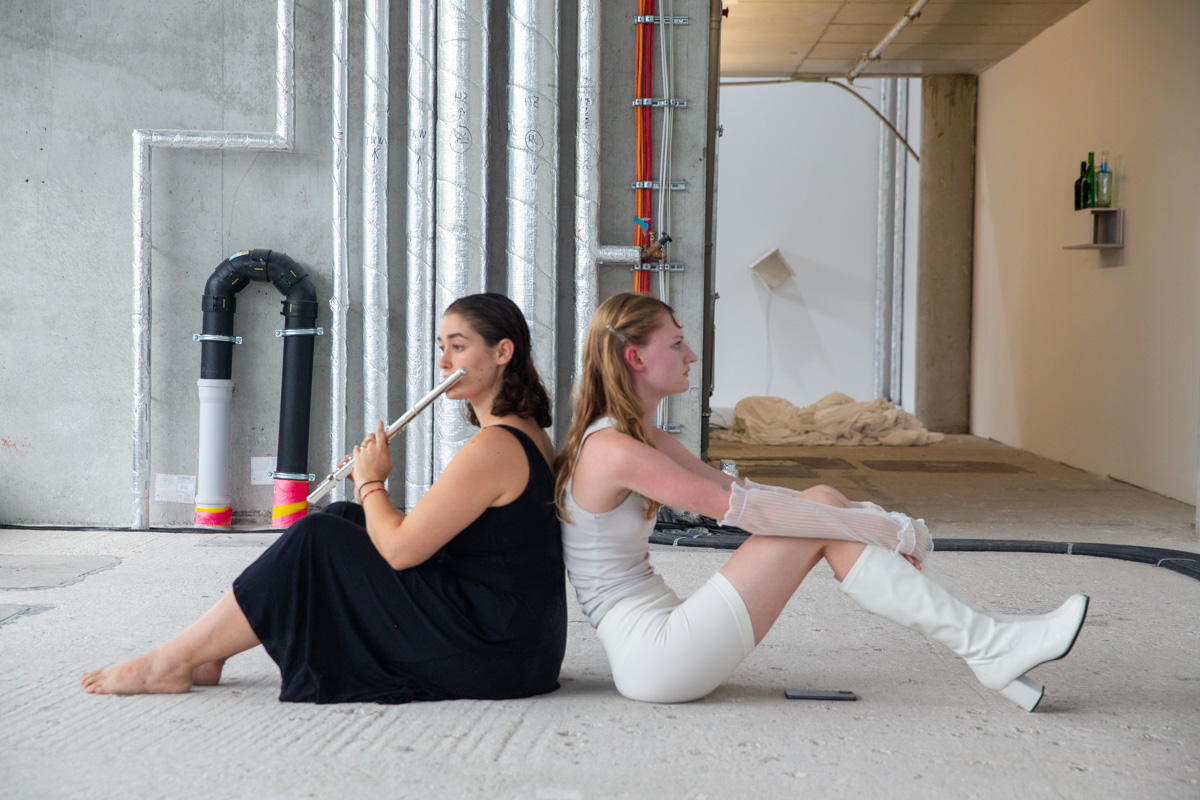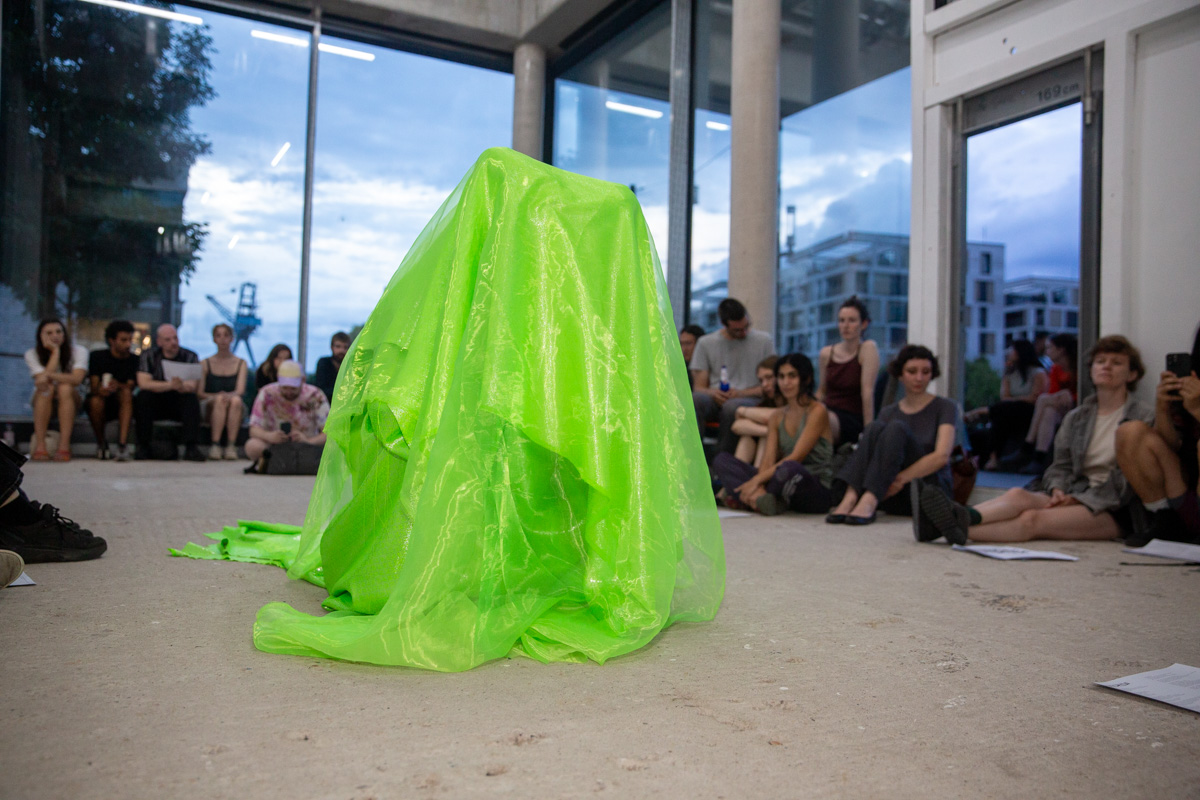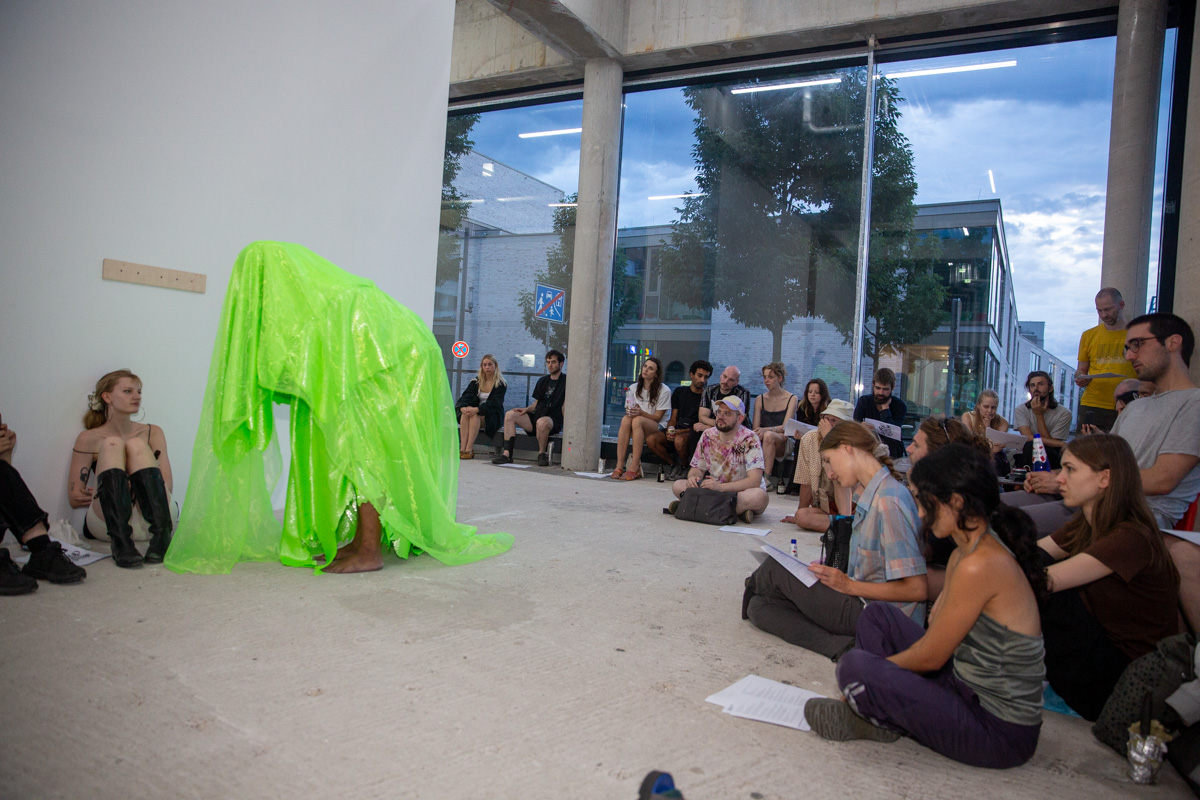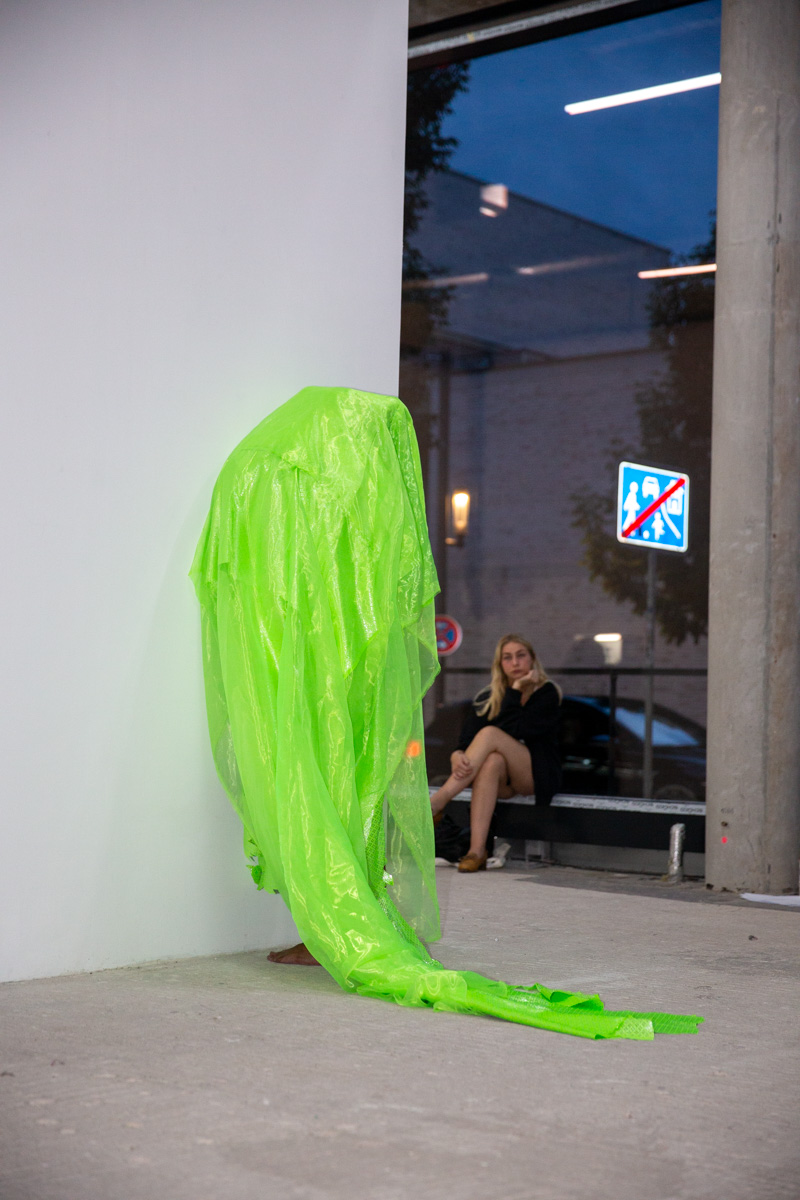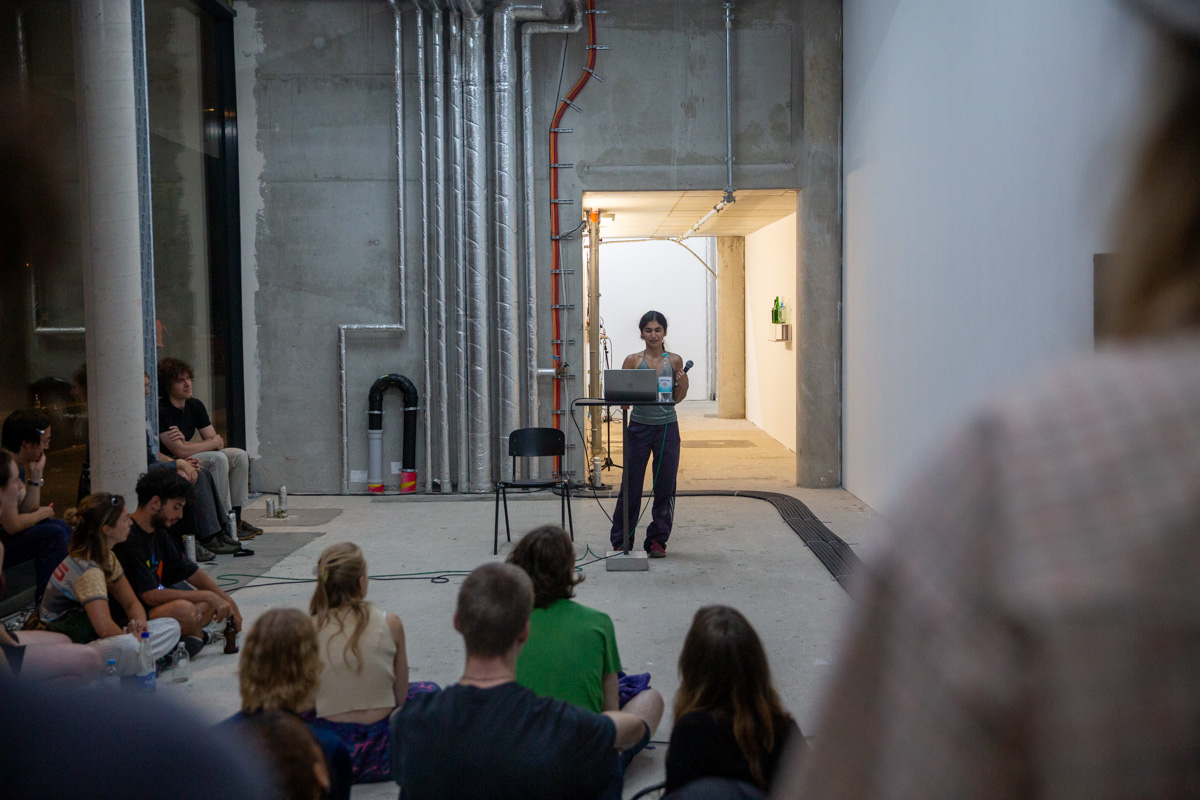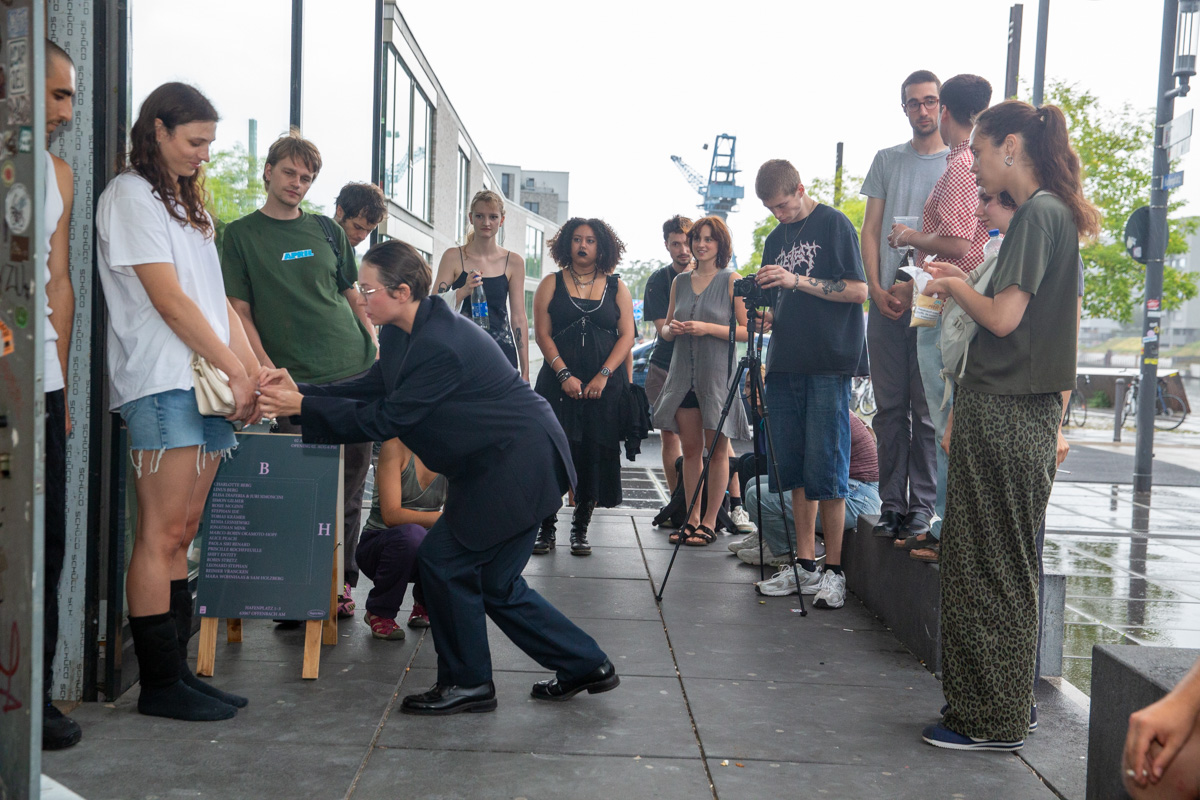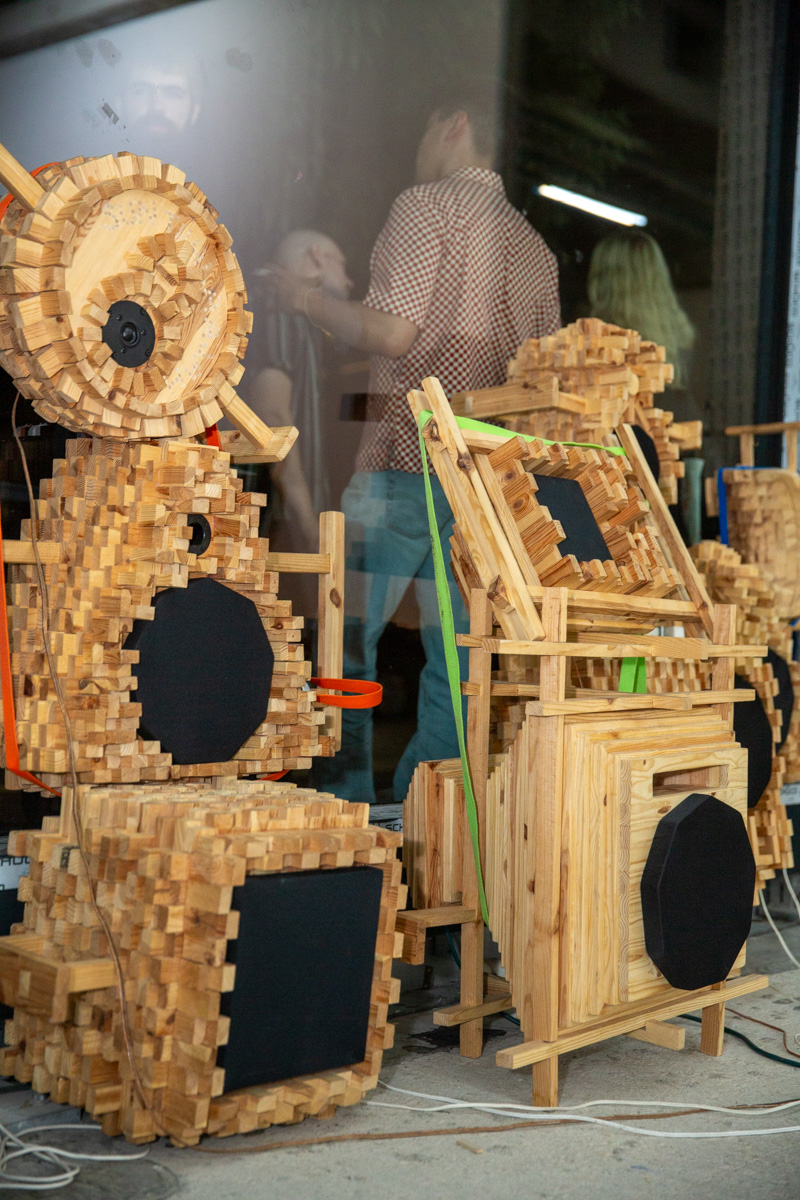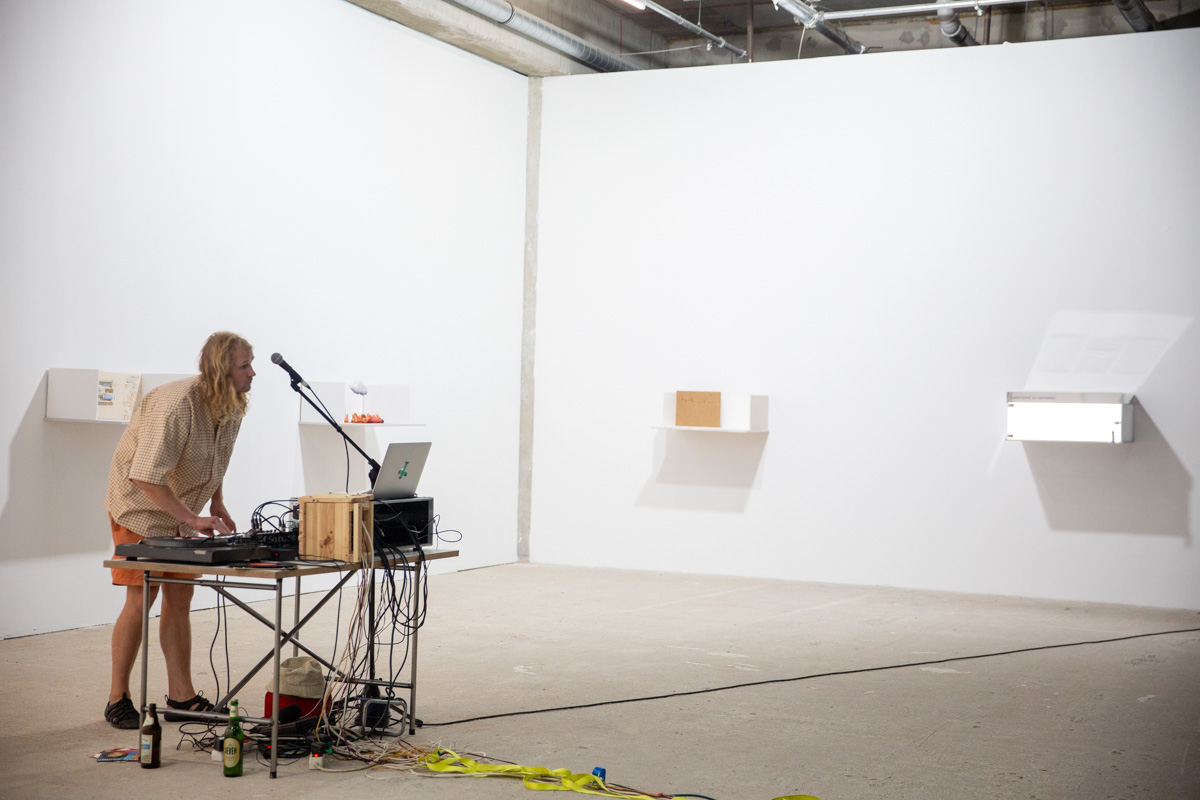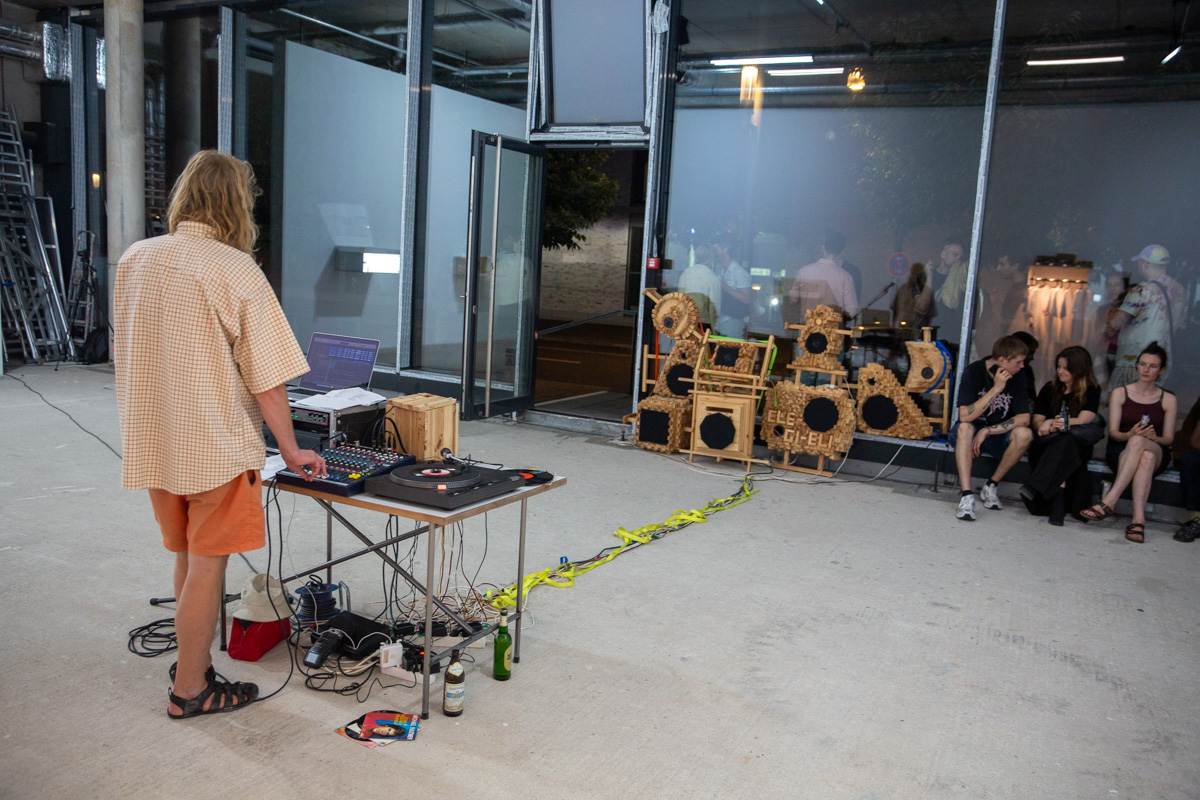Myths & Sea at Salon 75
25.04.2025 - 04.06.2025
25.04.2025 - 04.06.2025





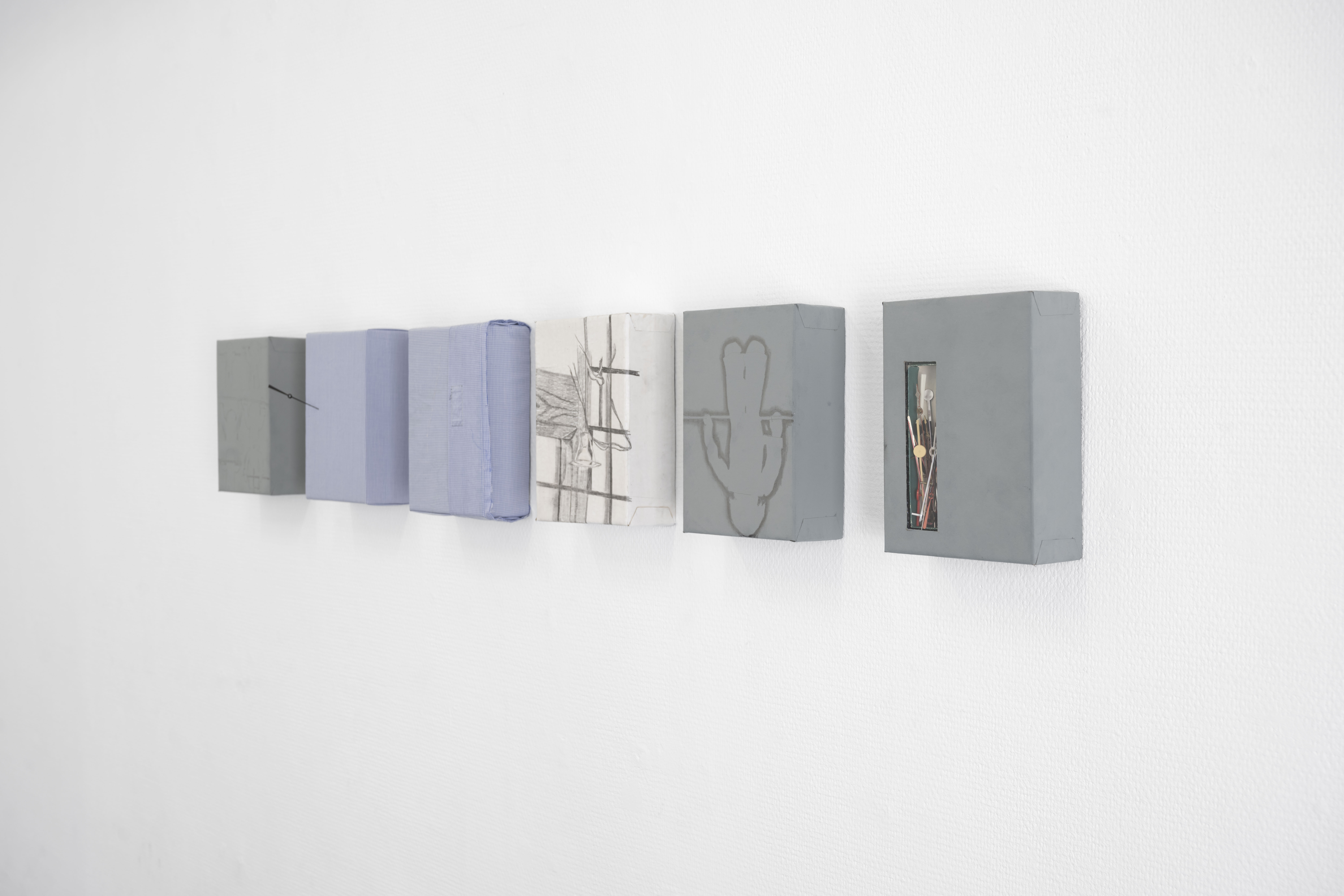





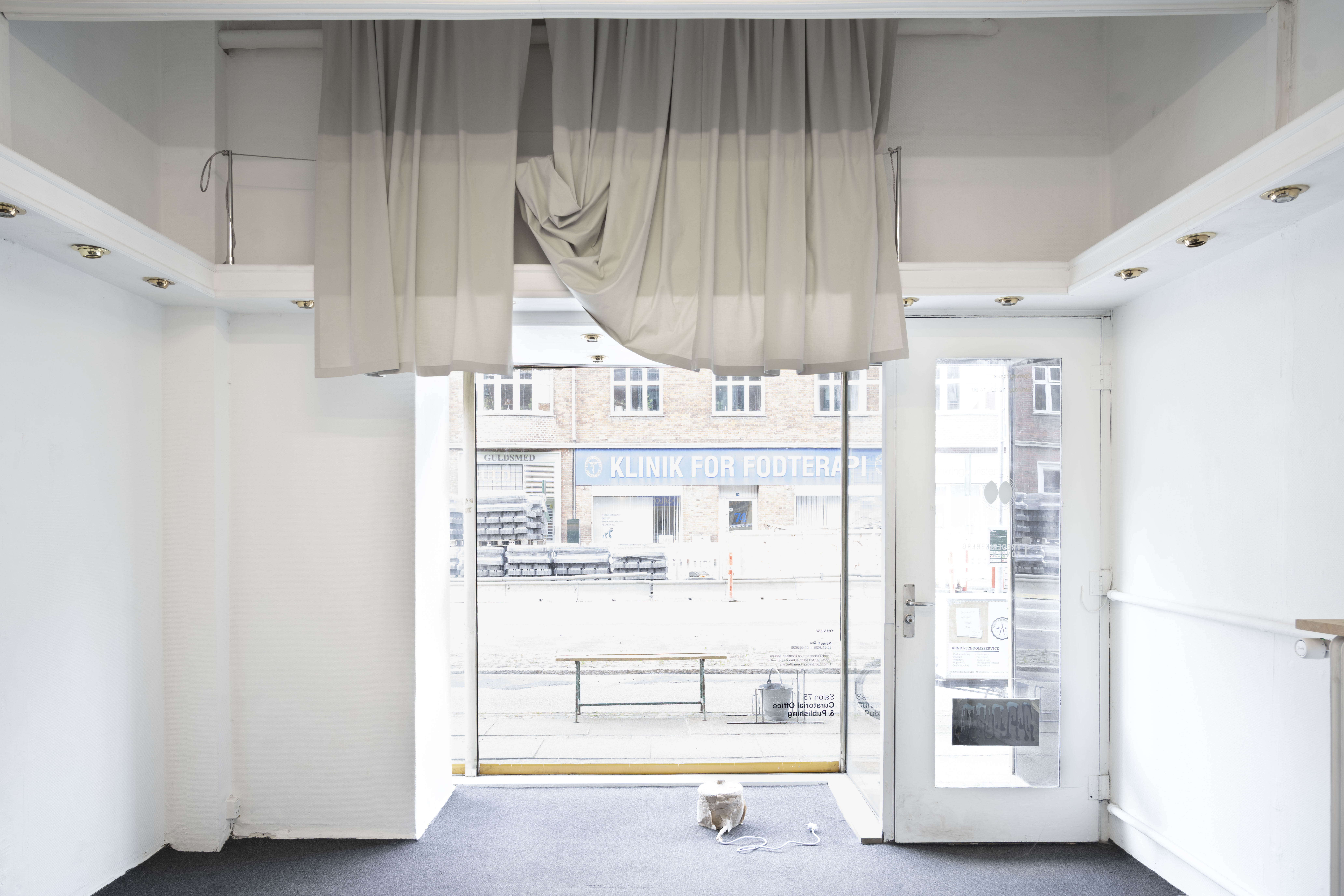

Following Salon 75’s exhibition at Magma Maria in Offenbach last autumn, this spring marks the reciprocal chapter: Magma Maria travels to Copenhagen to curate and present a new exhibition at Salon 75.
The exhibition considers mythology not as a fixed narrative but as mutable ground—creating second natures, foundational fictions, and unstable truths. Referencing Land & History, the title gestures toward open-ended mythologies: fluid, layered, obscured and seemingly always open to reinterpretation. Magma Maria is an artist and curatorial collective. From 2020-2024 they ran an exhibition space at Hafenplatz in Offenbach am Main, Germany, with an experimental and collaborative approach, hosting exhibitions, installations, and projects that often explore themes of spatiality, narrative, and materiality.
Photos by Louis Sulzmann
The exhibition considers mythology not as a fixed narrative but as mutable ground—creating second natures, foundational fictions, and unstable truths. Referencing Land & History, the title gestures toward open-ended mythologies: fluid, layered, obscured and seemingly always open to reinterpretation. Magma Maria is an artist and curatorial collective. From 2020-2024 they ran an exhibition space at Hafenplatz in Offenbach am Main, Germany, with an experimental and collaborative approach, hosting exhibitions, installations, and projects that often explore themes of spatiality, narrative, and materiality.
Photos by Louis Sulzmann
Thanks to everybody, everybody,
ABSOLUTELY EVERYBODY
20.09.2024 – 06.10.2024
ABSOLUTELY EVERYBODY
20.09.2024 – 06.10.2024












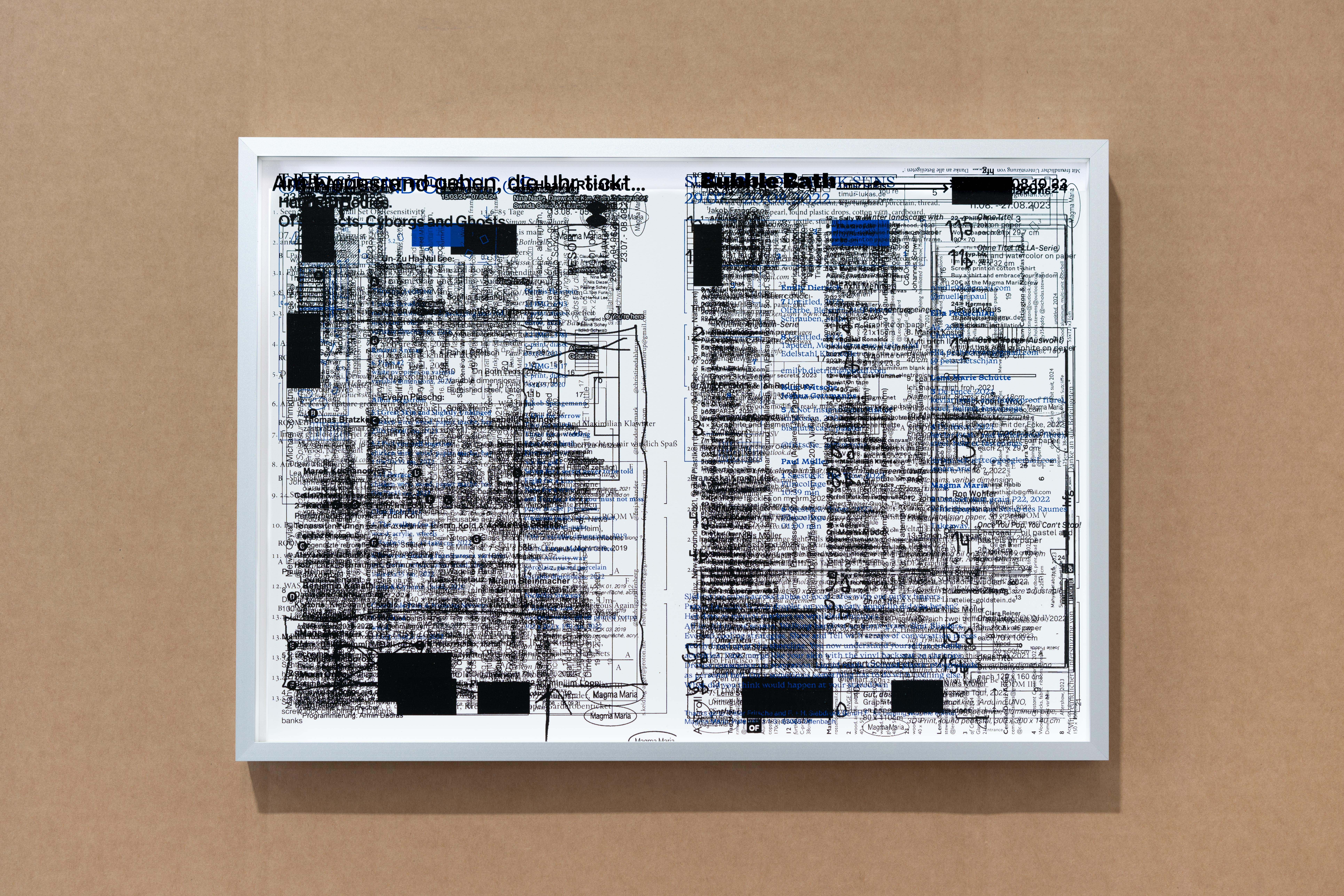


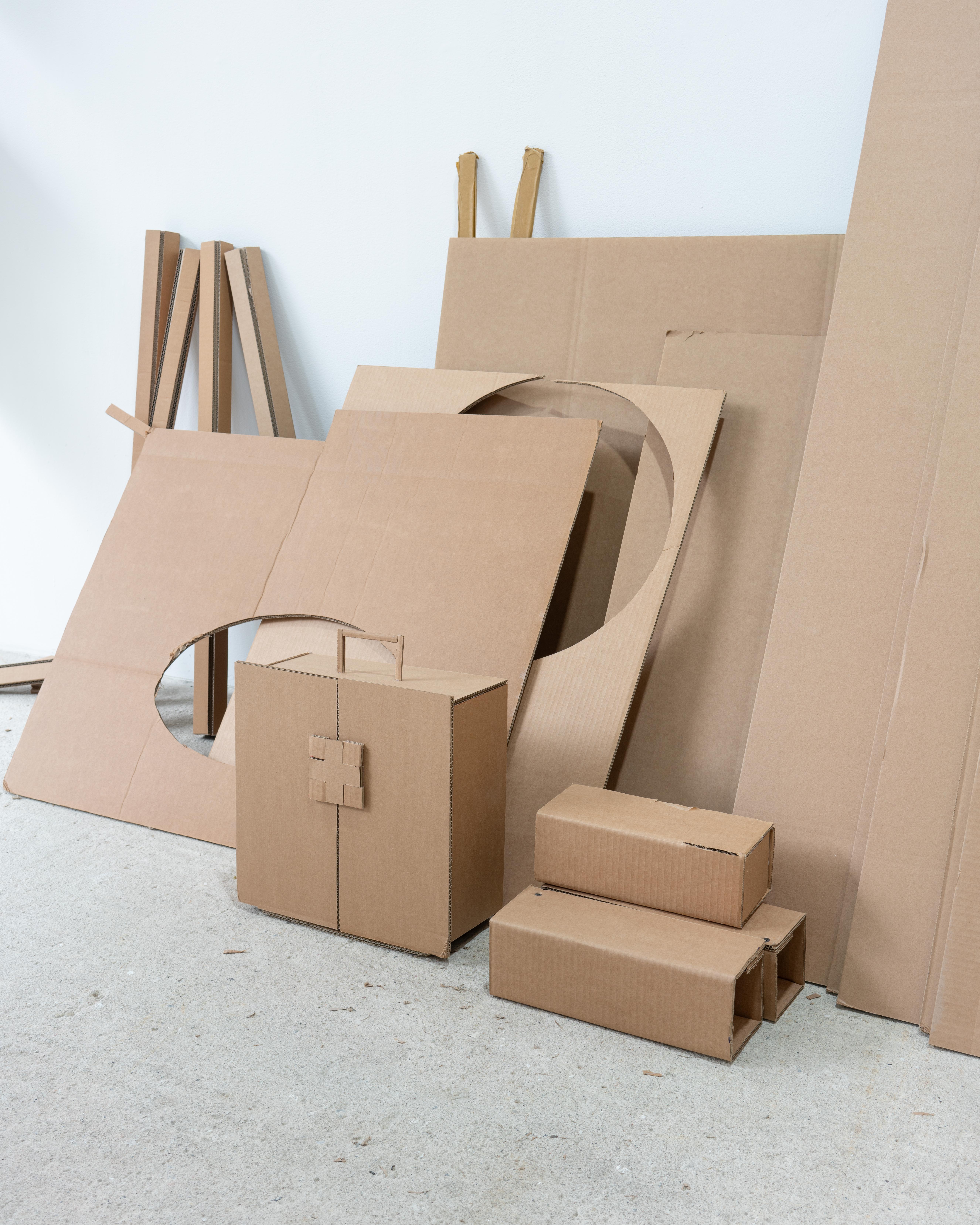



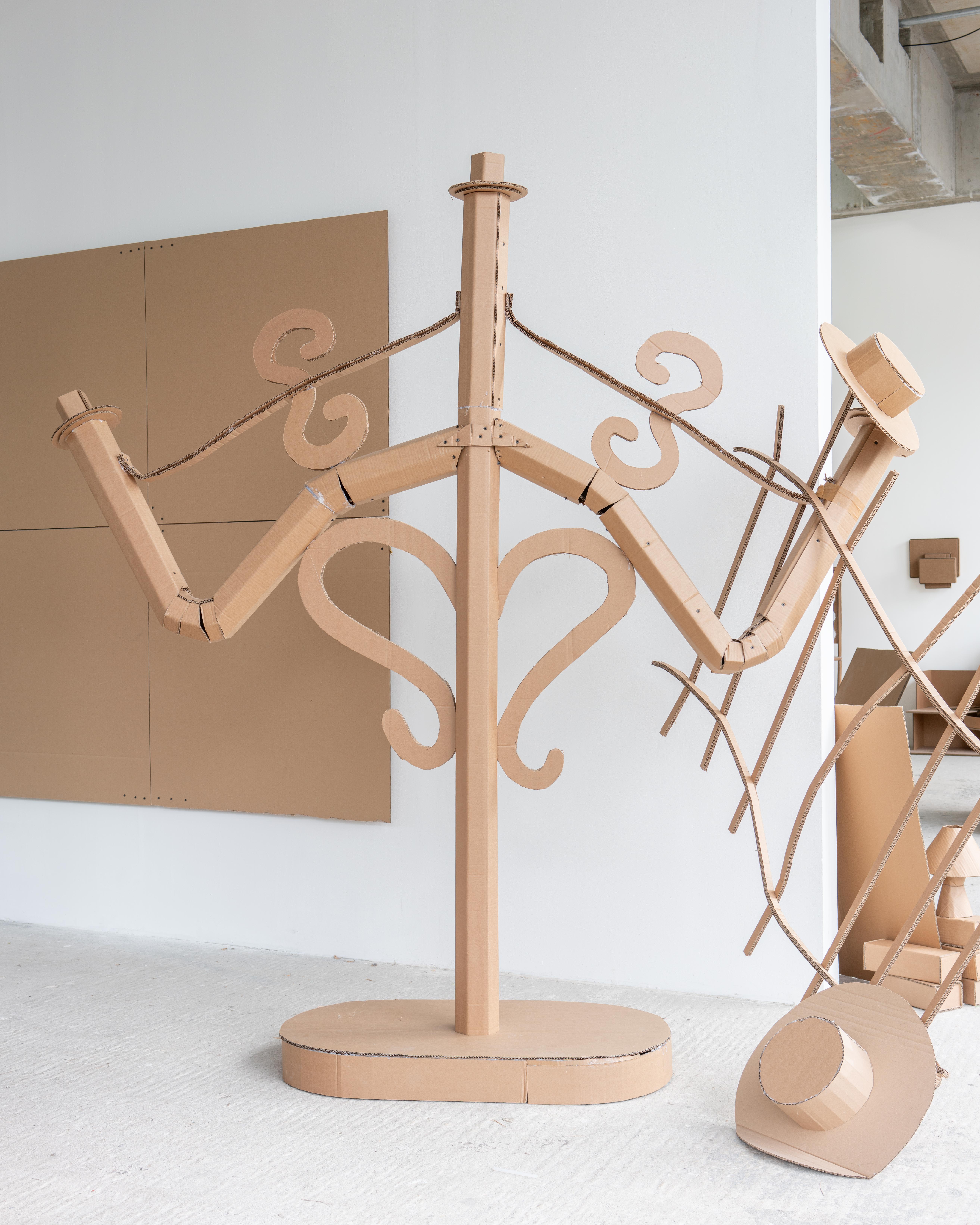

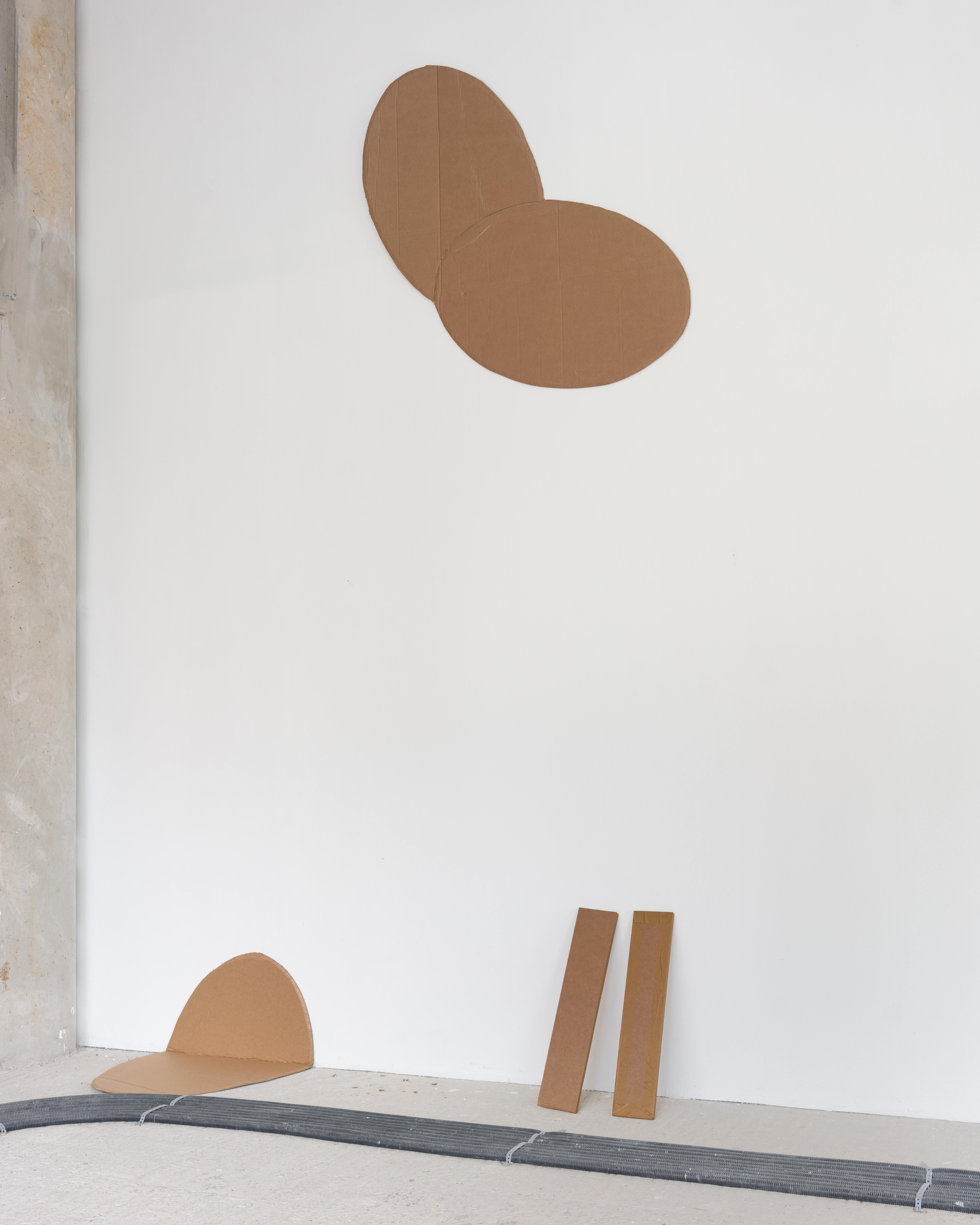



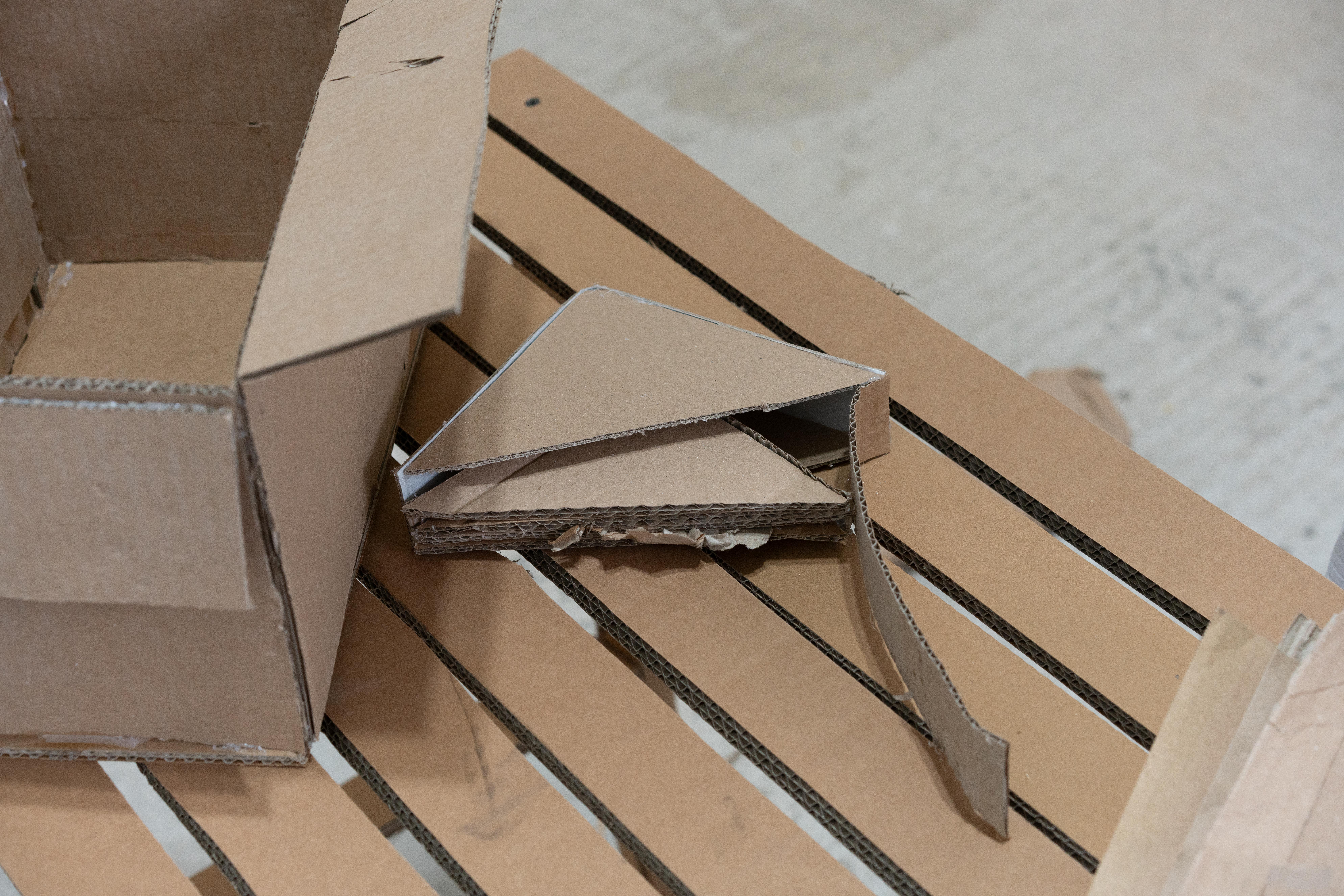




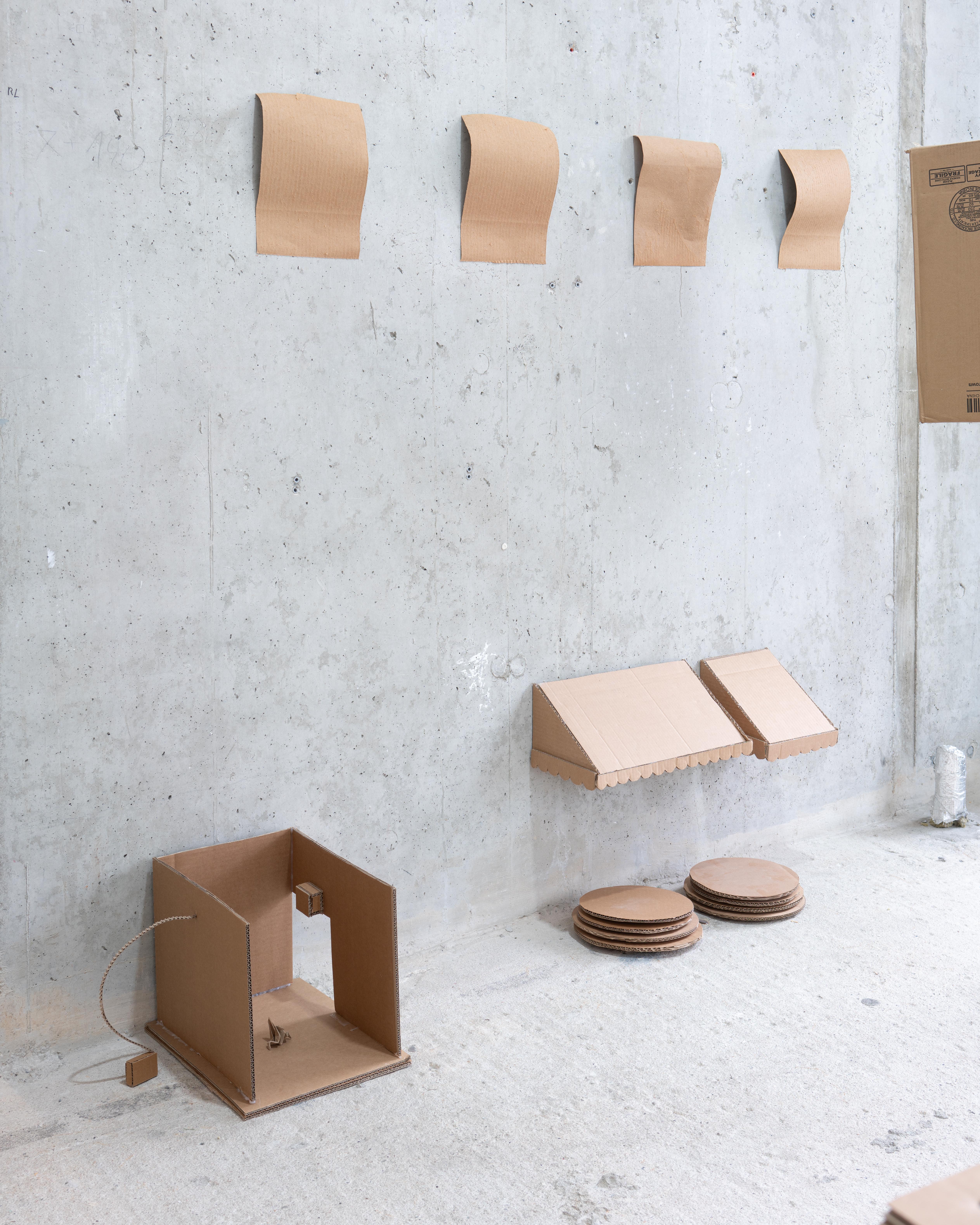
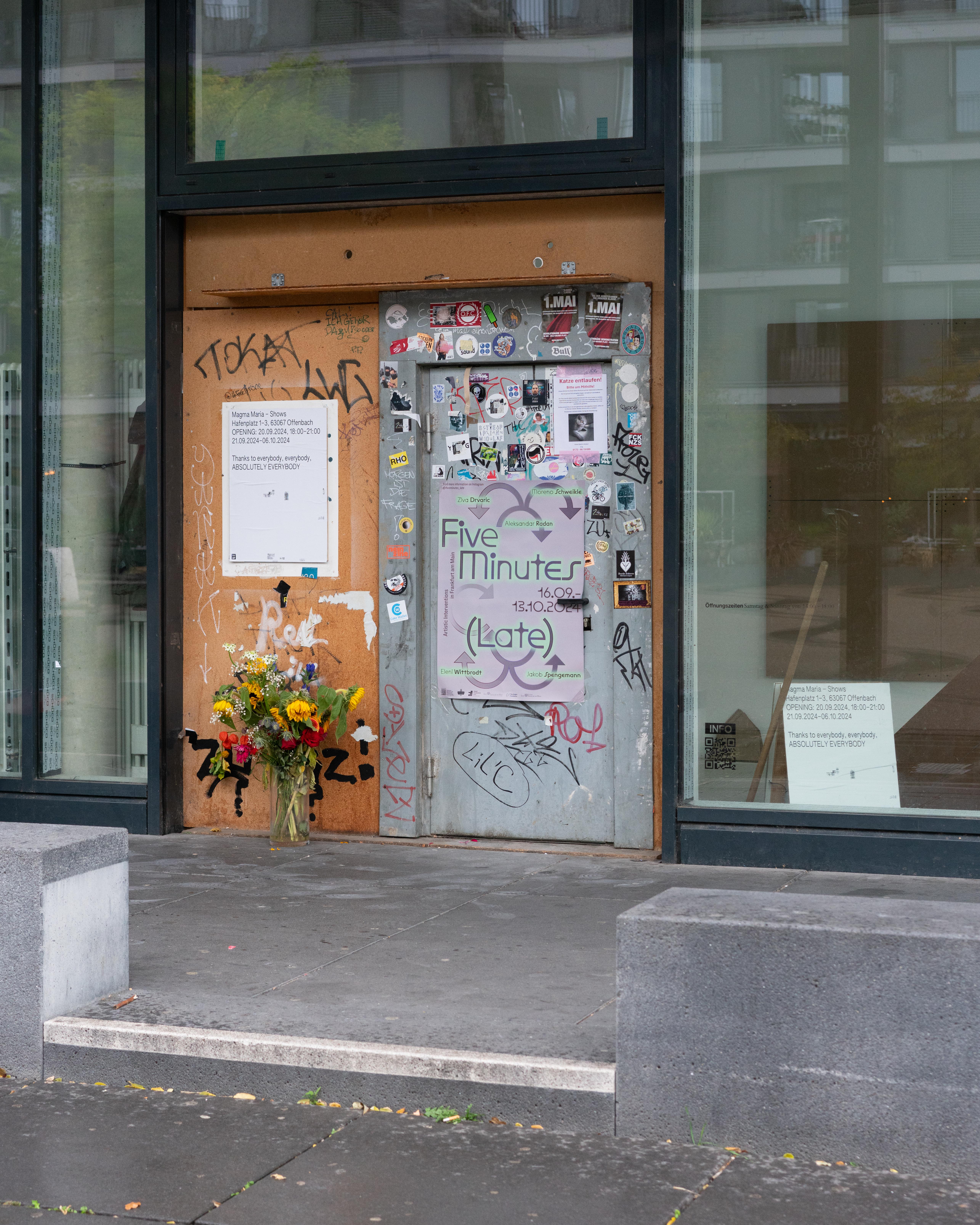
Magma Maria
With a little over 4 years we are now parting from this space with one last show! We invite you to partake in this good-bye.
On this note we wanted to say thank you to everybody (to absolutely everybody!) who shaped this space, shaped Magma Maria as members, artists, curators, photographers, graphic designers, art handlers, the many many visitors, supporters and blogs, curious neighbors, Hafenzentrum, HfG Offenbach and the city of Offenbach. And a sincere thank you goes to Mike Bouchet, who made this possible in the first place.
Loads of Love,
Magma Maria
Photos by Jakob Otter
With a little over 4 years we are now parting from this space with one last show! We invite you to partake in this good-bye.
On this note we wanted to say thank you to everybody (to absolutely everybody!) who shaped this space, shaped Magma Maria as members, artists, curators, photographers, graphic designers, art handlers, the many many visitors, supporters and blogs, curious neighbors, Hafenzentrum, HfG Offenbach and the city of Offenbach. And a sincere thank you goes to Mike Bouchet, who made this possible in the first place.
Loads of Love,
Magma Maria
Photos by Jakob Otter
Thanks to everybody, everybody ABSOLUTELY EVERYBODY!!!
In German there is a quip that means something along the lines of making lofty plans, believing in or hoping for improbable situations and outcomes, or simply: having delusional aspirations. Luftschloss, more commonly its plural form Luftschlösser and its rarer lexical sibling Wolkenschloss expresses a contradictory object. Some of the German words’ poetic quality may be lost in this translation, but the bottom line meaning is preserved. In a different, perhaps more literal sense, it is a fortified structure that dissolves into thin air as we try to imagine it. We know the sublime picture of towering thunderstorm clouds or the complete confusion of scale that occurs when we gaze down from inside an airplane, onto a landscape of clouds. Particularly when we descend on- and finally into said landscape, an upheaval of spatial orientation and tactile imagination occurs. The clouds appear as opaque objects, the ice crystals on the surface glisten in the intense sun and it appears possible to study the volumes and surfaces as we approach. However, upon trying to fixate on a single aspect, the clouds begin to bulge and pulsate, growing and collapsing onto themselves. Either because they actually are, or as the result of a visual effect created by the blinding sunlight reflected back into our eyes and the rapid movement of the machine. Still, as we draw closer, the peaks and ridges present as a solid totality, grow to terrifying dimensions, giving way to fantasies of the machine bending and breaking upon collision.
But, as we dive in, the opaque material suddenly turns into a streaky white milk that we glide into with ease. This tumultuous sequence of sensory input, affects and ideas gives way to a kind of feeling of deceit: What we imagined to be a plethora of different things, different scenarios that played out in front of our mind's eye, at once loses all its substance and is therefore reduced to a mere trick, a delusion. Luftschlösser then can be understood as a futile but somewhat rebellious act of the imaginative faculties to withstand the intrusion of an anticlimactic real. For a period of time, judgement is suspended and traded in for a kind of real fantasy.
The work exhibited in this exhibition may be considered a play on this theme: ‘Shows’ alludes to the immaterial work that lies at the bottom of making an exhibition. The works in an art show hold a material reality as well as manifold imaginaries - concrete objects that open up a field of connotations and subliminal messages. In the context of making an exhibition, both the material and the imaginary quality of the works have to be considered equally in order to create a larger context and set in motion a kind of play or conversation among them. Every show thus presents an interstitial proposed set of relations and aggregations. The overall gesture or gestalt is an elaborate fantasy, an effort to build a Luftschloss.
‘Shows’ presents a material translation of this process. As an homage to the collective work of Magma Maria; and its collaborators, it seeks out the impossible endeavor of making the refigurations and considerations visible, which all works are subject to in the process of curation. Rendered down to cardboard maquettes, devoid of the concrete and unique sensory qualities, different ways of thinking about works in the context of a show arise: Something clearly shows, but the singular content of the works is annulled. Instead, emphasis is shifted onto the conditions of showing anything in the first place. Being reduced to a single material, the objects merge into one another, becoming at once identical and still retaining different degrees of recognisability. Art here becomes a kind of raw material, of which the final presentation is crafted. Still, in the reverse-engineering of re-staging and re-producing four past years of shows, lies another set of sentiments: The labour that involves actively remembering and reviewing past shows engages a particular sense of the nostalgic. ‘Shows’ celebrates the past and its closure. Whereas the rendering of all works into a sprawling, somewhat dull amassment of cardboard borders on the comical, centering the reversal of immaterial labour into a superfluous excess of physical work, the apparent futility and the joy of engaging again with the body of work that collectively made up Magma Maria, expresses a deep nostalgia and gratitude for the manifold ways in which making up and reflecting on shows have come to be realised. Not unlike another disorienting experience the airplane passenger makes, when the boundary between habitable atmosphere and dead space seems to simultaneously produce itself and be undone on the horizon, in ‘Shows’, the ambiguous and unseen of making exhibitions comes into light and claims a place among the artwork, creating e benign aesthetic shock and calling forth different ways of engagement.
As the title of the exhibition suggests, we are thankful beyond words for the past years. We are grateful for every opportunity, discussion, perspective, every helping hand and for every artwork and every artist behind it and we hope it shows <3
Unikale, Die Diele, Zürich (CH)
06.09.2024
06.09.2024
Land & History
23.08.2024 – 08.09.2024
23.08.2024 – 08.09.2024








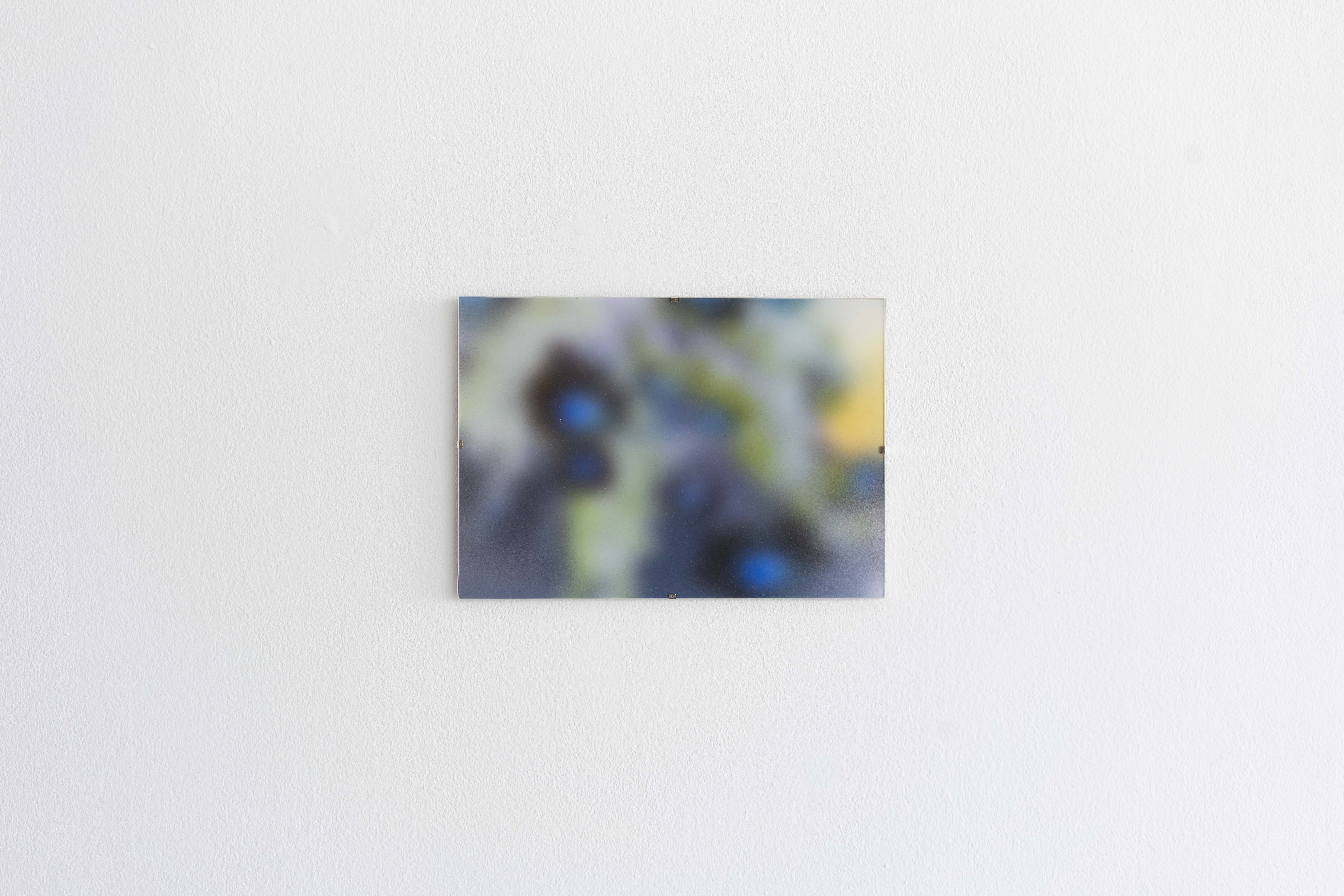
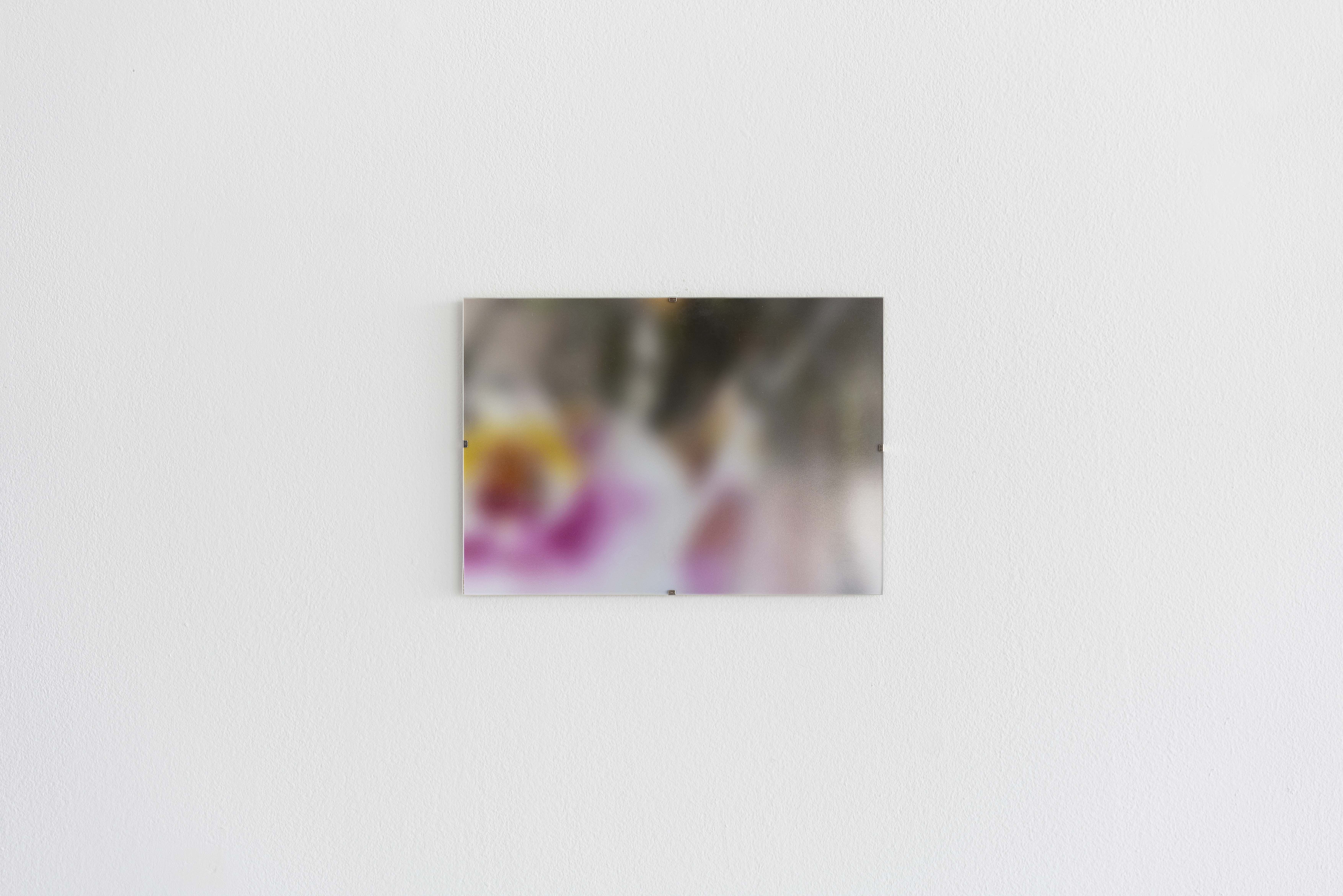
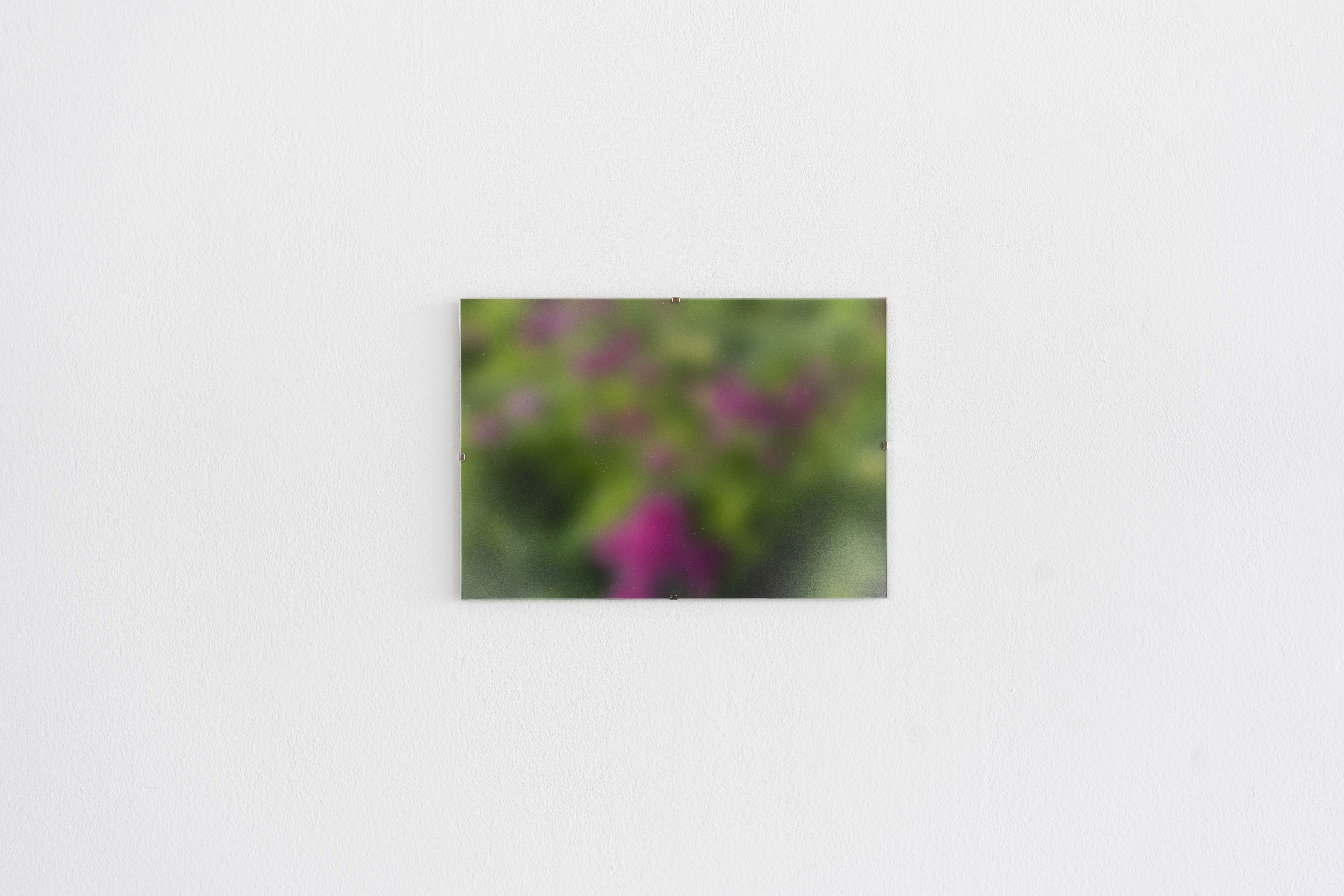




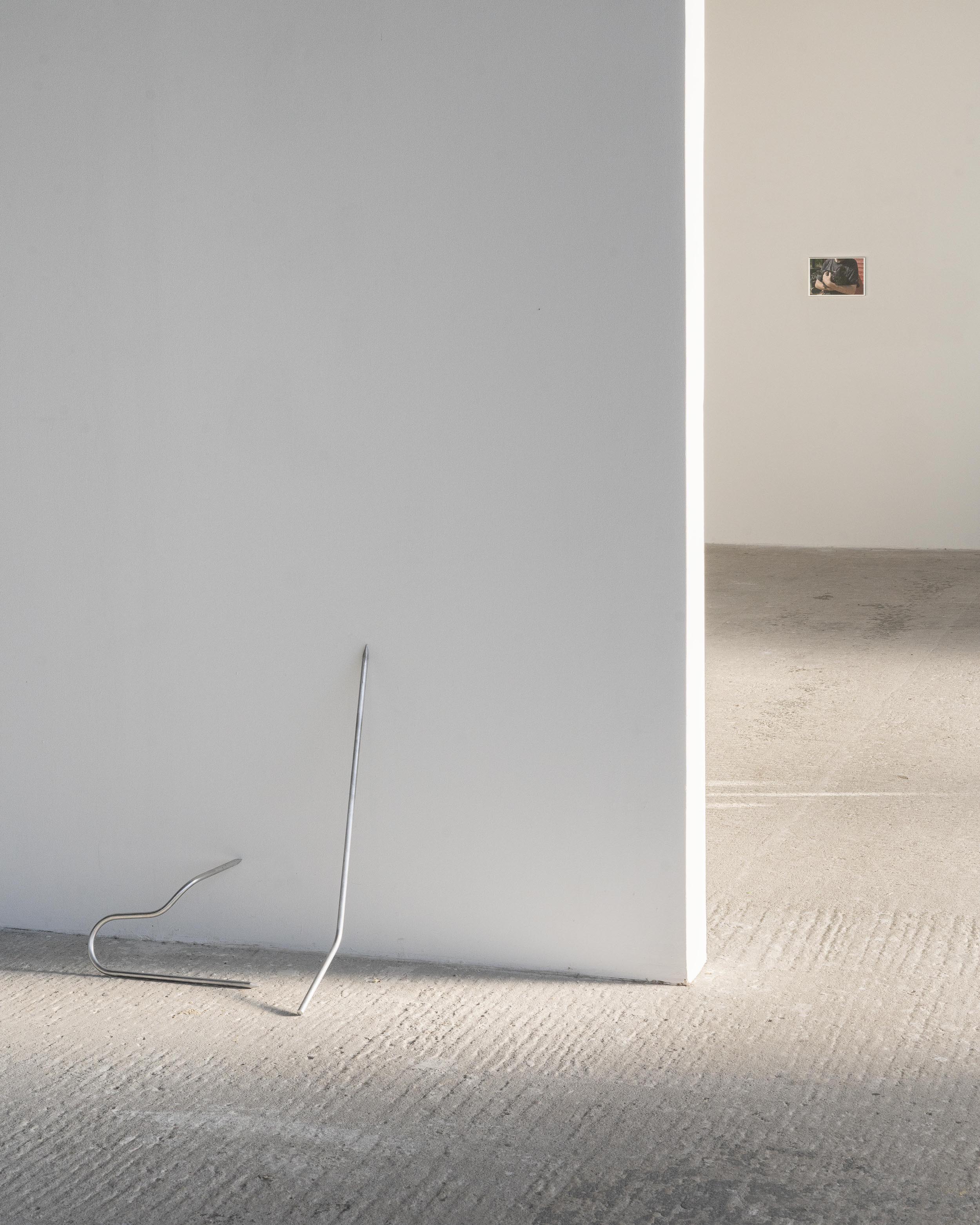
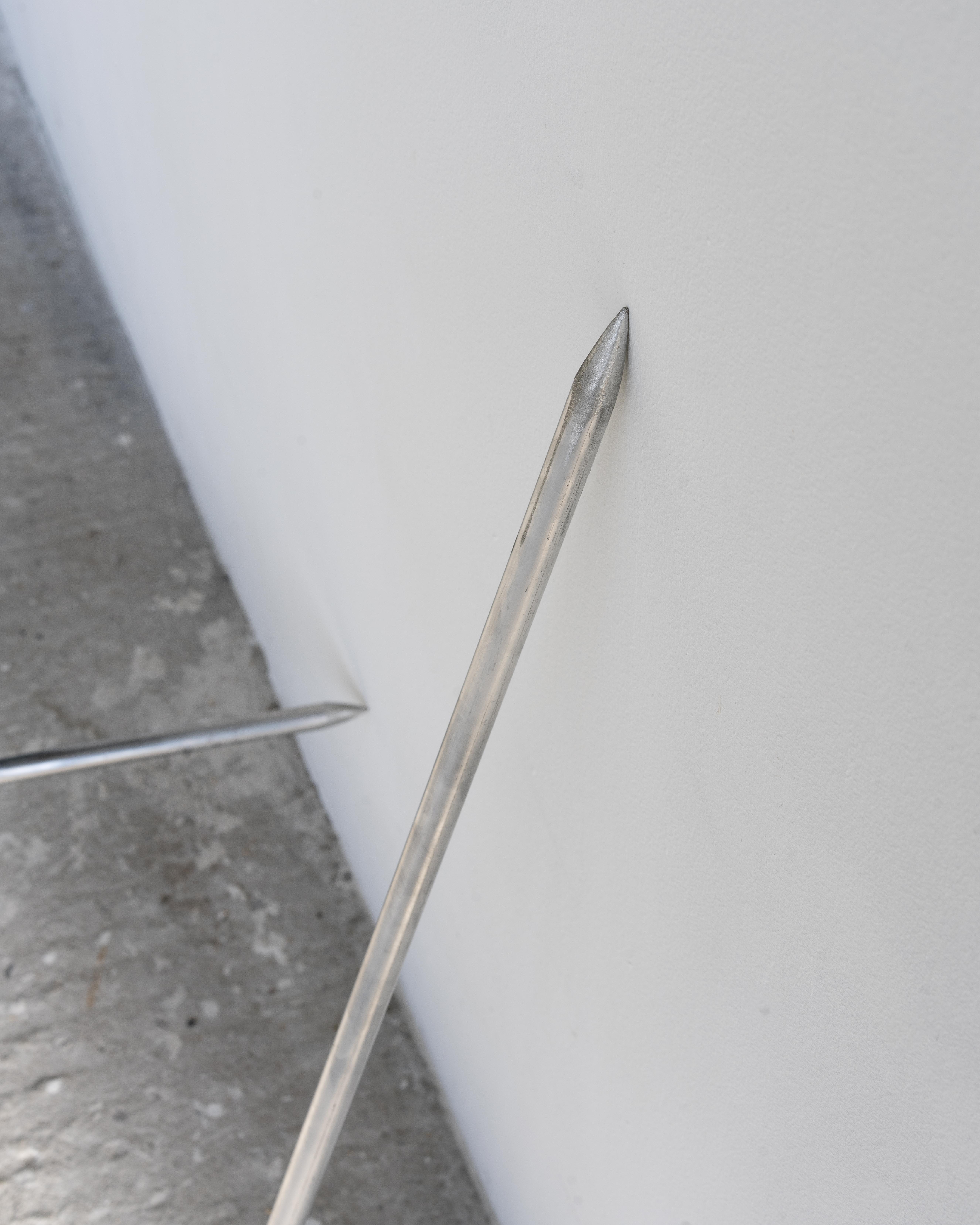

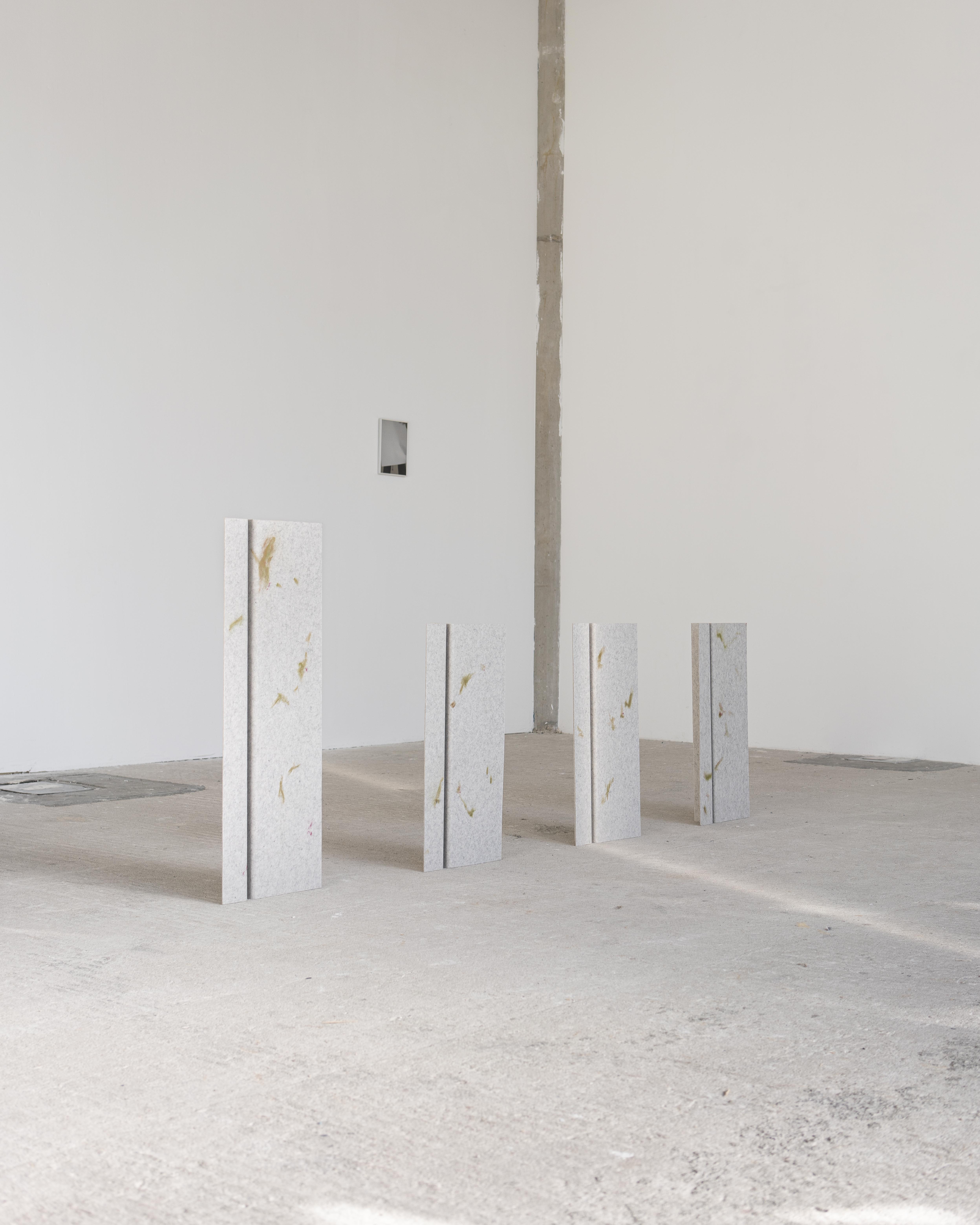













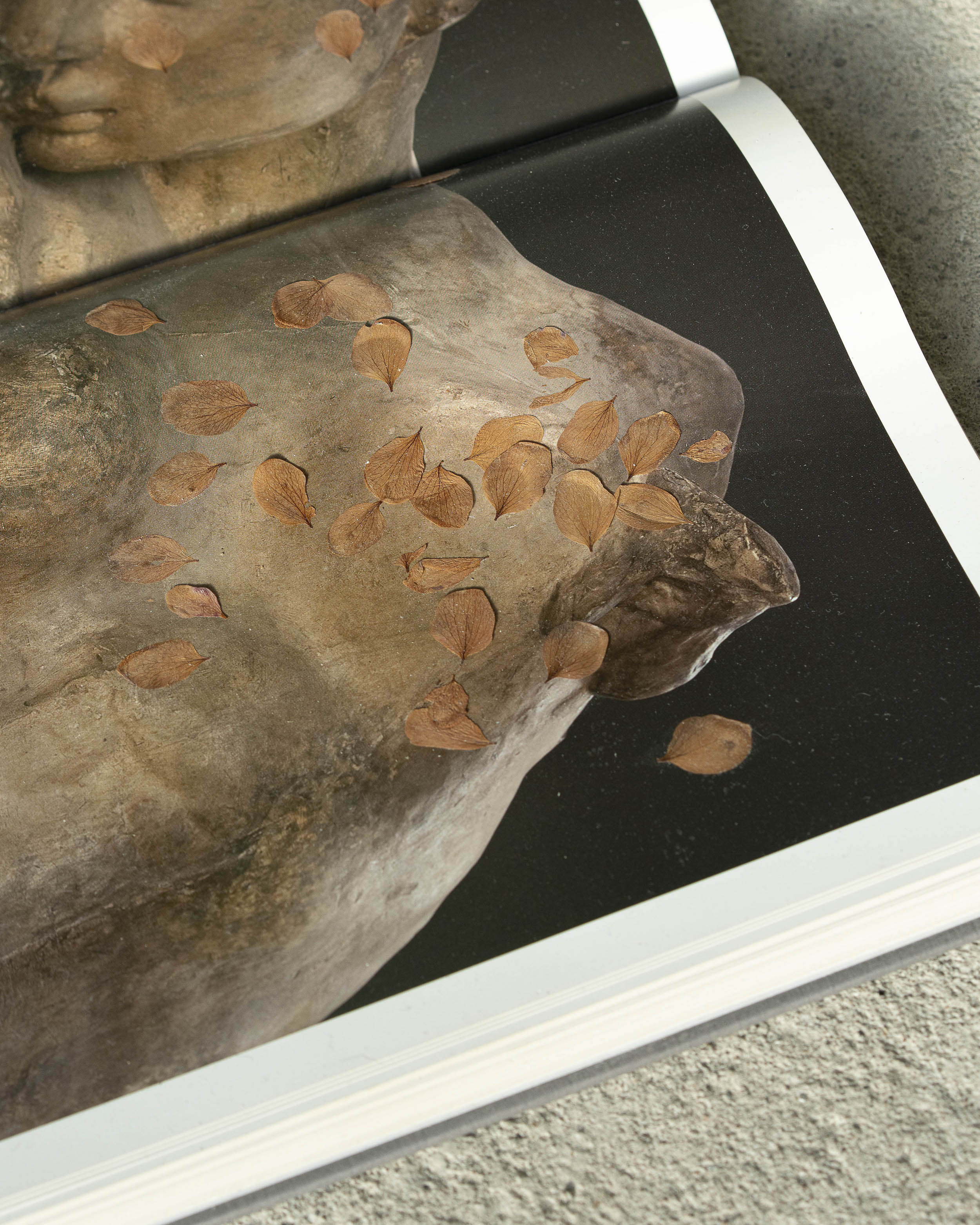




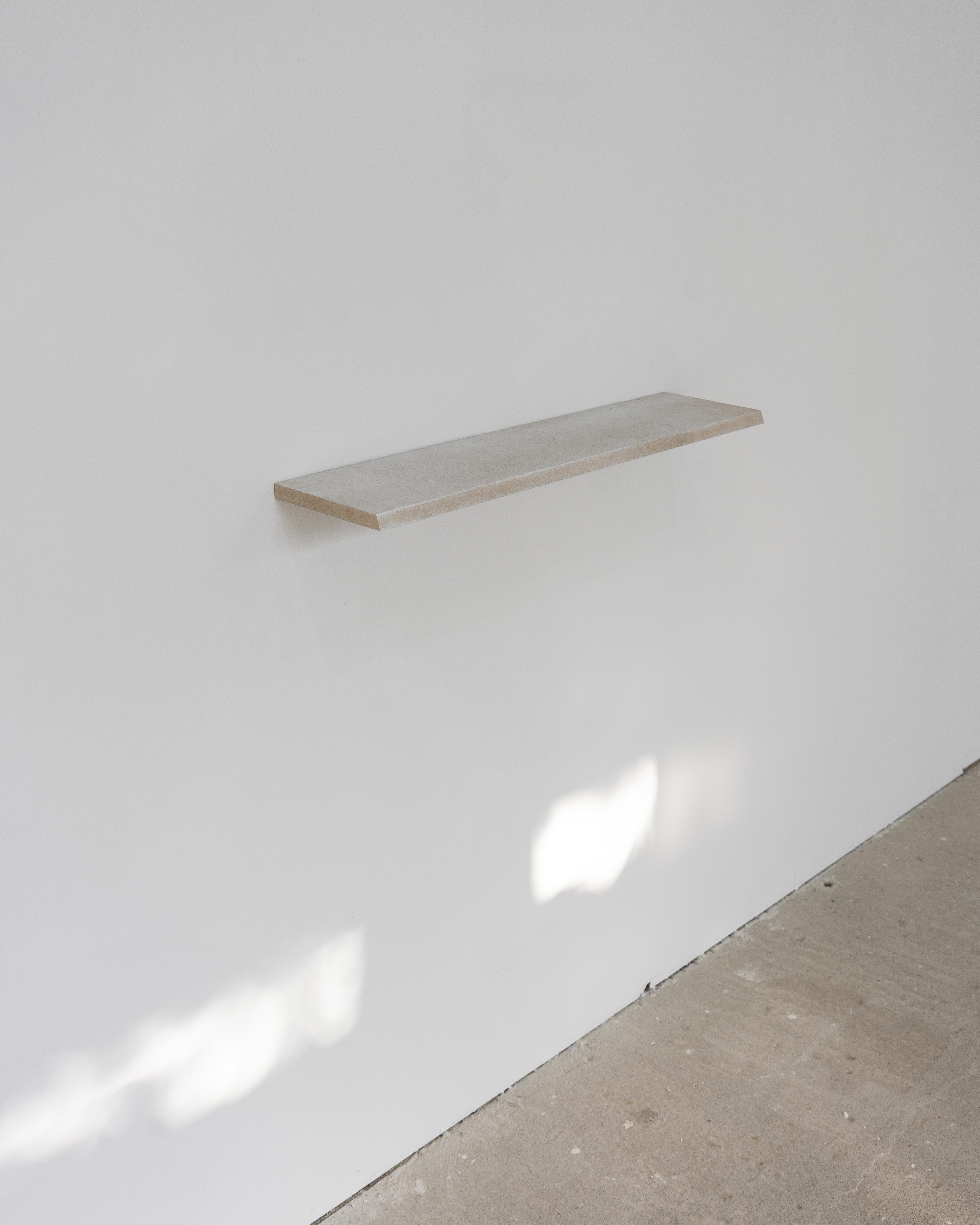




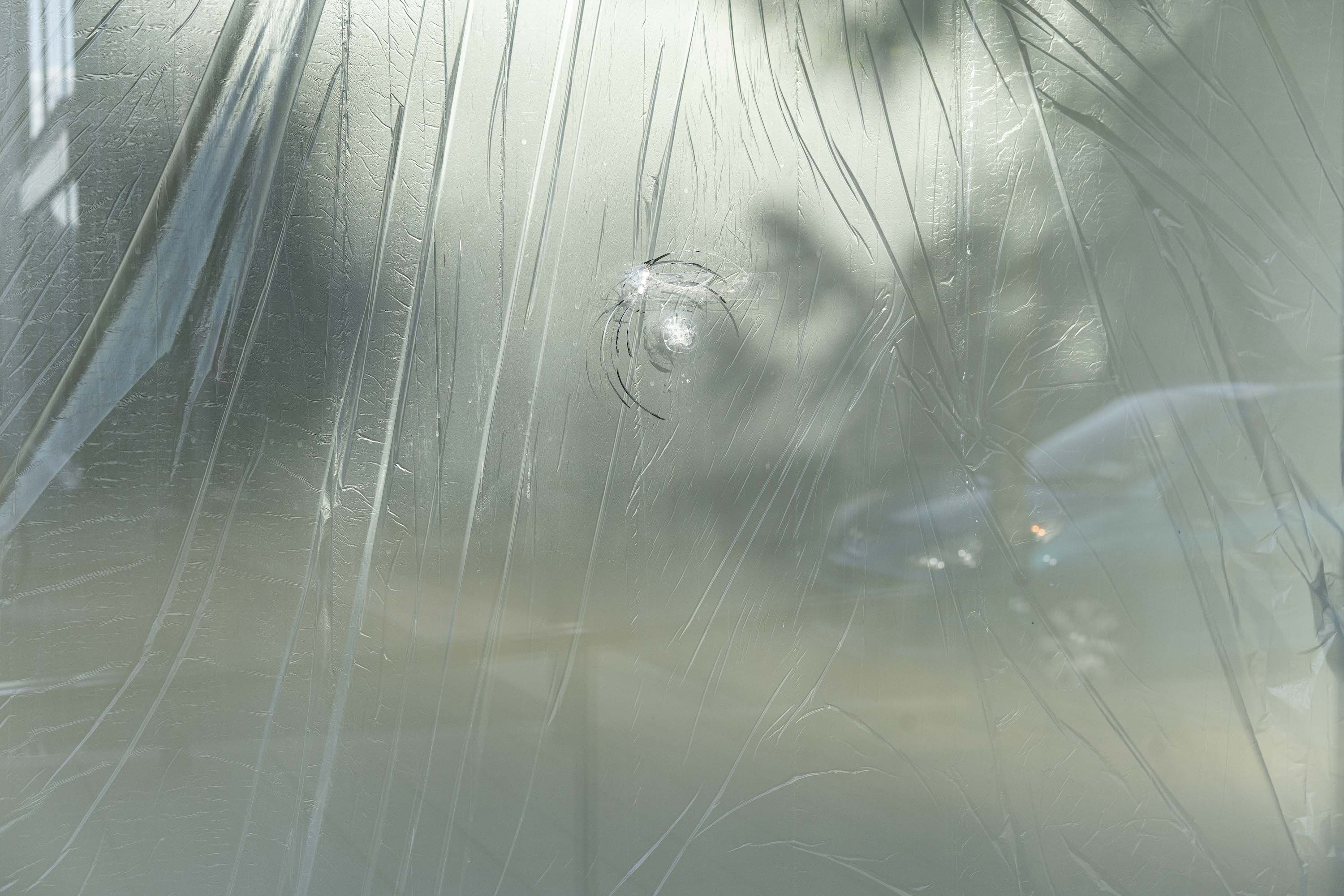
Sofus Keiding-Agger, Hedvig Greiffenberg, Frej Volander, Theodor Nymark and Christine Dahlerup
With Land & History, we present the first install ment of acuratorial exchange between the two artist-driven exhibition platforms MagmaMaria (DE) and Salon 75 (DK). For the first part of the exchange, the Copenhagen-based collective Salon75 has been invited to Offenbach to curate and realize an exhibition at the current Magma Maria exhibition space. For the second iteration, Magma Maria will inturn travel to Copenhagen and assemble an exhibition at Salon 75 next spring.
The initial exhibition Land & History by Salon 75 at Magma Maria is comprised of new work by artists Hedvig Greiffenberg, Christine Dahlerup, Frej Volander, Sofus Keiding-Agger, and TheodorNymark. The presentation of works relate to the poetics and politics of land, a concept both ephemeral and concretely transformative.
The exhibition was accompanied by a reader with excerpts from various texts.
Photos by Jakob Otter
With Land & History, we present the first install ment of acuratorial exchange between the two artist-driven exhibition platforms MagmaMaria (DE) and Salon 75 (DK). For the first part of the exchange, the Copenhagen-based collective Salon75 has been invited to Offenbach to curate and realize an exhibition at the current Magma Maria exhibition space. For the second iteration, Magma Maria will inturn travel to Copenhagen and assemble an exhibition at Salon 75 next spring.
The initial exhibition Land & History by Salon 75 at Magma Maria is comprised of new work by artists Hedvig Greiffenberg, Christine Dahlerup, Frej Volander, Sofus Keiding-Agger, and TheodorNymark. The presentation of works relate to the poetics and politics of land, a concept both ephemeral and concretely transformative.
The exhibition was accompanied by a reader with excerpts from various texts.
Photos by Jakob Otter
Unikale, Magma Maira
06.09.2024
06.09.2024
